Corporate
Drees complete guide to custom home building
Posted on Feb 26, 2024 by dreeshomes
Posted on Feb 26, 2024 by dreeshomes
When you build a custom home, you have hundreds of choices from the basement floor to the roof — and everything in between. That’s exciting, but perhaps also intimidating because it means making hundreds of decisions.
Can you put wood floors in the kitchen? Do you really need a bathtub? What if something you really like isn’t good for resale?
This guide will help you answer those questions and more. We’ve included tips from our own home design experts, plus links to other authoritative sources where you gather ideas and inspiration for your dream home.
When it comes to interior design choices, the most complicated rooms are the kitchen and bathroom, and they will take the biggest bite out of your budget, so that’s a good place to begin.
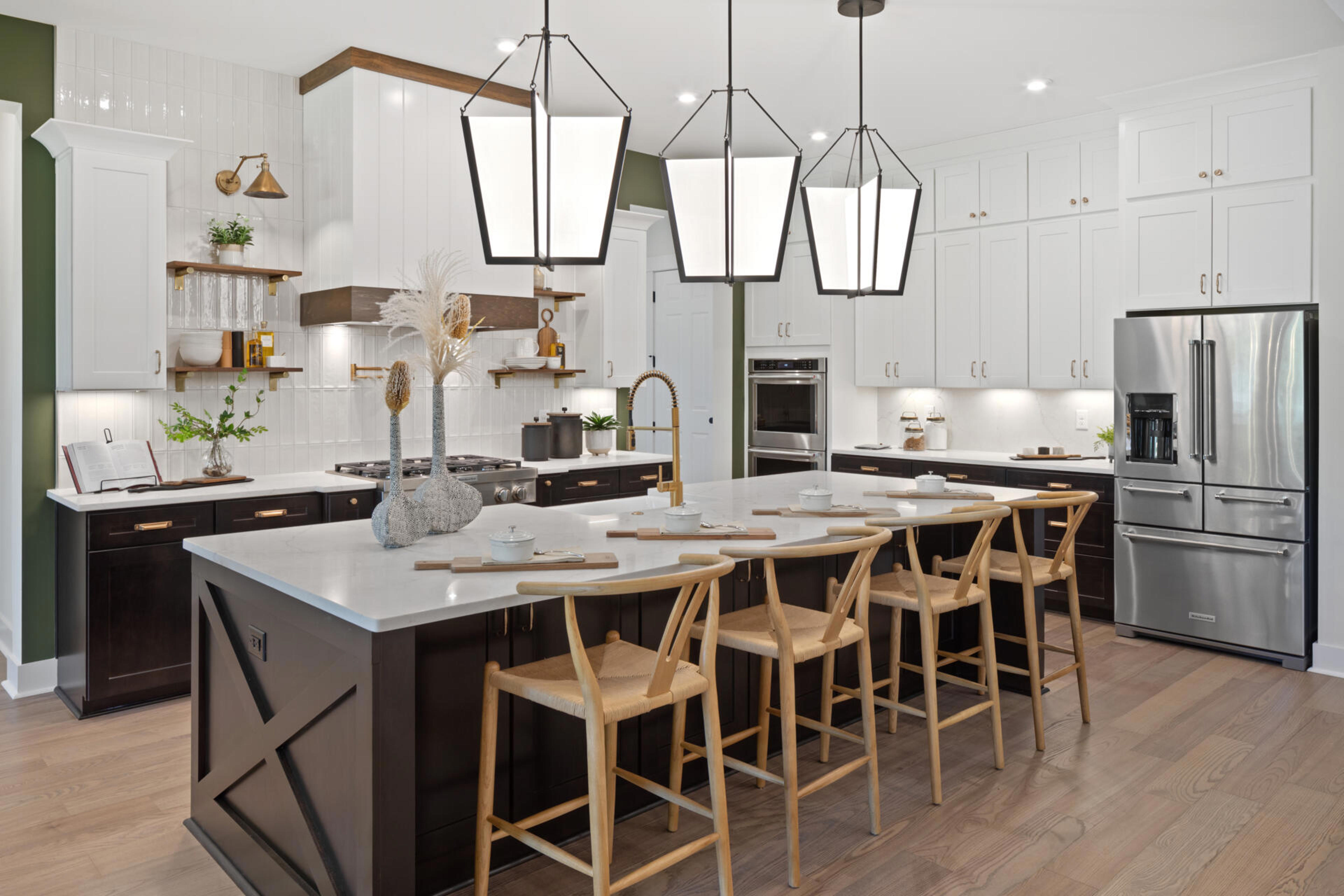
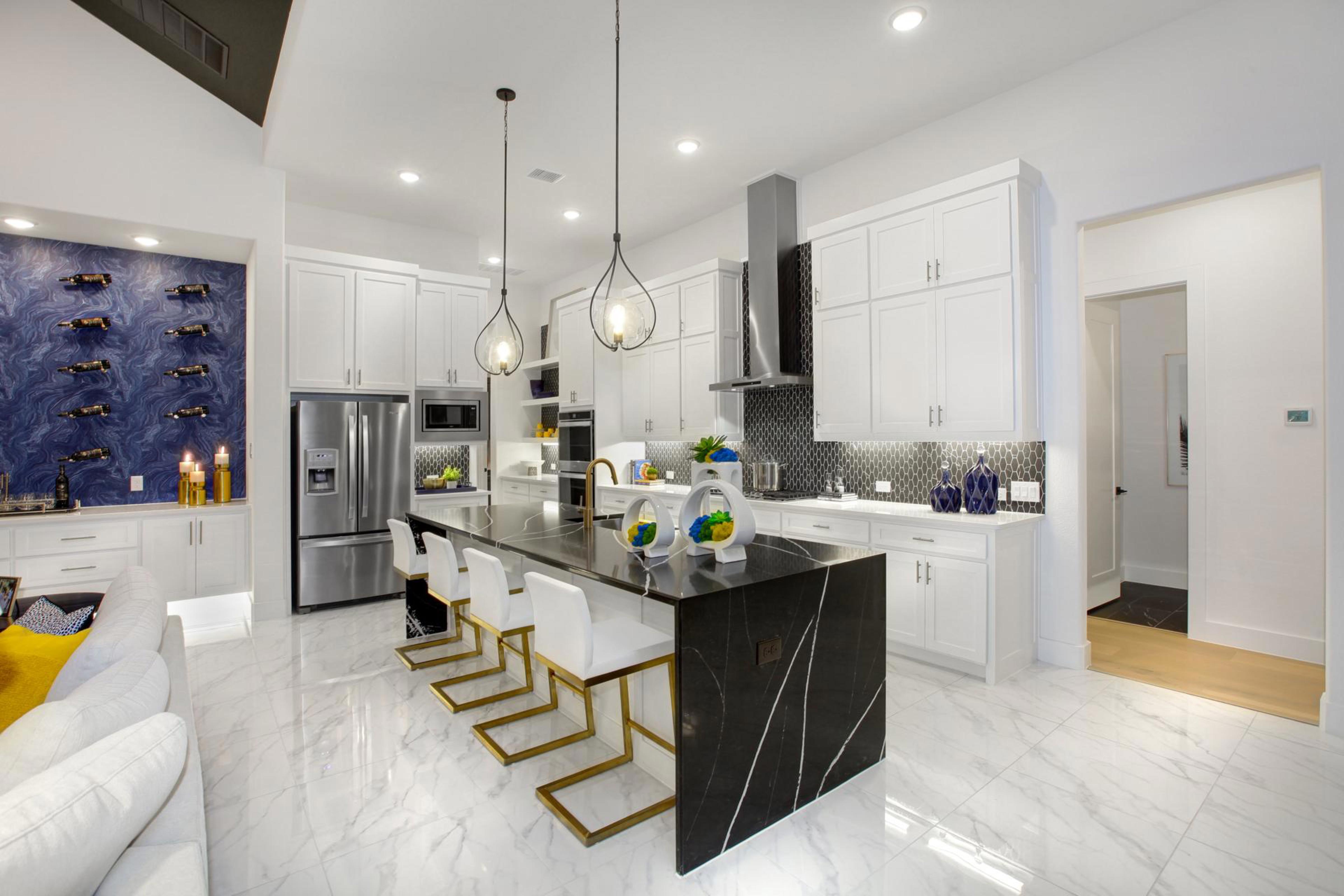
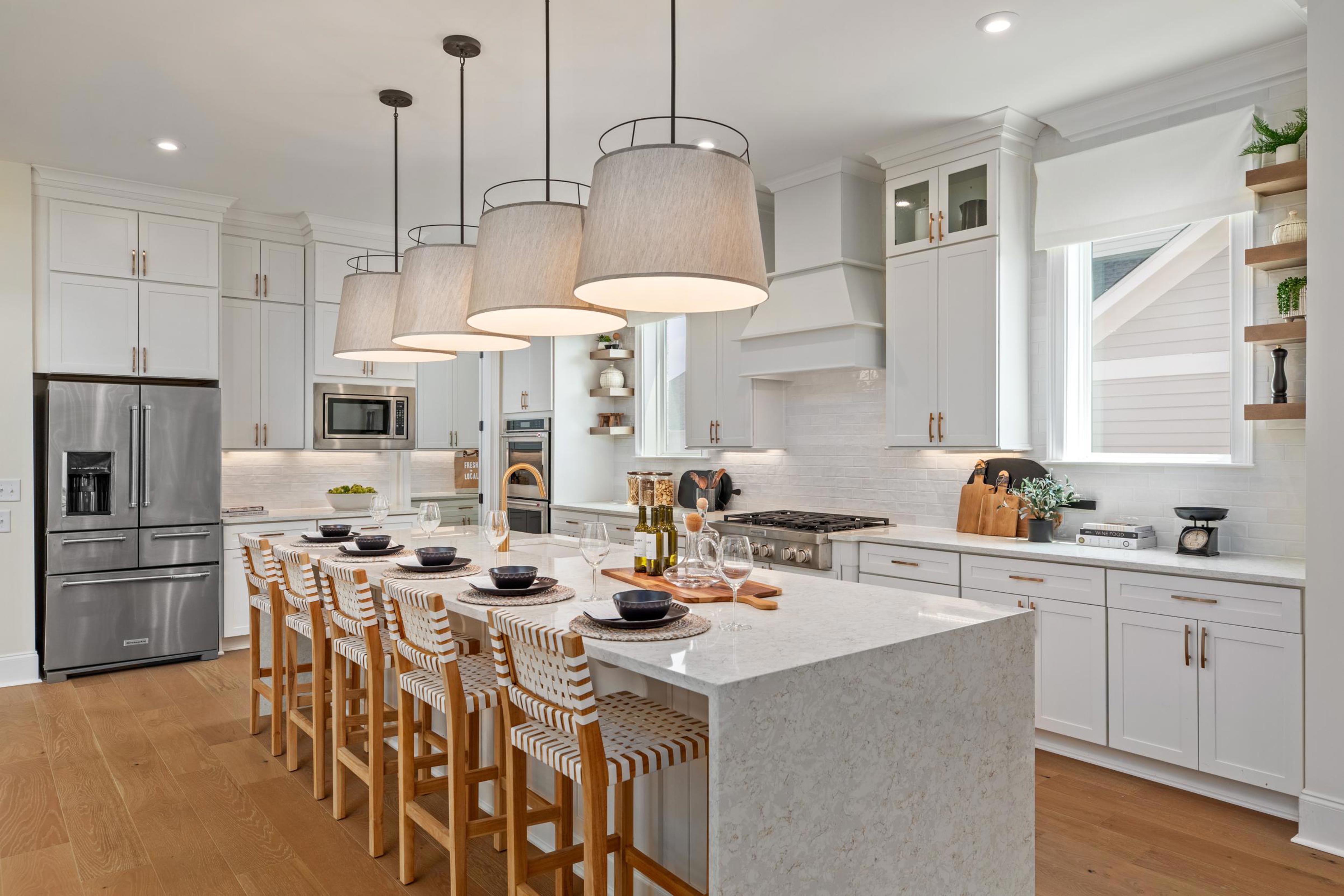
The kitchen undoubtedly holds the utmost significance when planning a custom home. It’s the most expensive room to equip, yet it often serves as the focal point of most family interactions and activities. Find out more at our Guide to Kitchen Design, or skim the kitchen topics listed below:
Cabinets: Start your kitchen design with a choice of cabinets. Do you want a sleek, modern look or cottage-style shaker cabinets? Materials include solid wood, engineered wood, laminate and metal. Glass fronted or to-the-ceiling cabinets both create a striking appearance, but have their drawbacks. Learn More
Kitchen Islands: Once an optional feature, islands have become essential in most kitchens — providing counter space, extra storage and a place for kids to do their homework. An island can also be the place for a second sink or perhaps a mini fridge. Learn More
Countertops: Granite has been the go-to choice for higher-end homes, but in recent years, quartz has becoming increasingly popular. Other choices include laminate, butcher block, stainless steel, soapstone and more — all with their own pros and cons. Learn More
Backsplashes: The wall behind your cooktop should be both decorative and practical. If you do a lot of cooking, pick something easy to wash with minimal exposed grout. Subway tile is a popular choice, while accent metals can add an eclectic touch. Learn More
Kitchen Flooring: Ceramic tile and sheet vinyl have been the staples of kitchen flooring, but today there are many more choices. Wood has always been a risky choice due to the possibility of water damage, but new materials in plank flooring provide a wood-inspired look with less risk. Learn More
Kitchen Lighting: A combination of recessed lighting, pendant lights, wall-mounted lights and under-counter lights can provide ambient light for the entire room, plus focused light for tasks. Learn More
Appliances: In a custom-built home, appliances can be built into the cabinetry. Ovens do not need to be immediately below the cooktop, and a mini-fridge might be part of a kitchen island. Learn More
Resources on kitchen design:
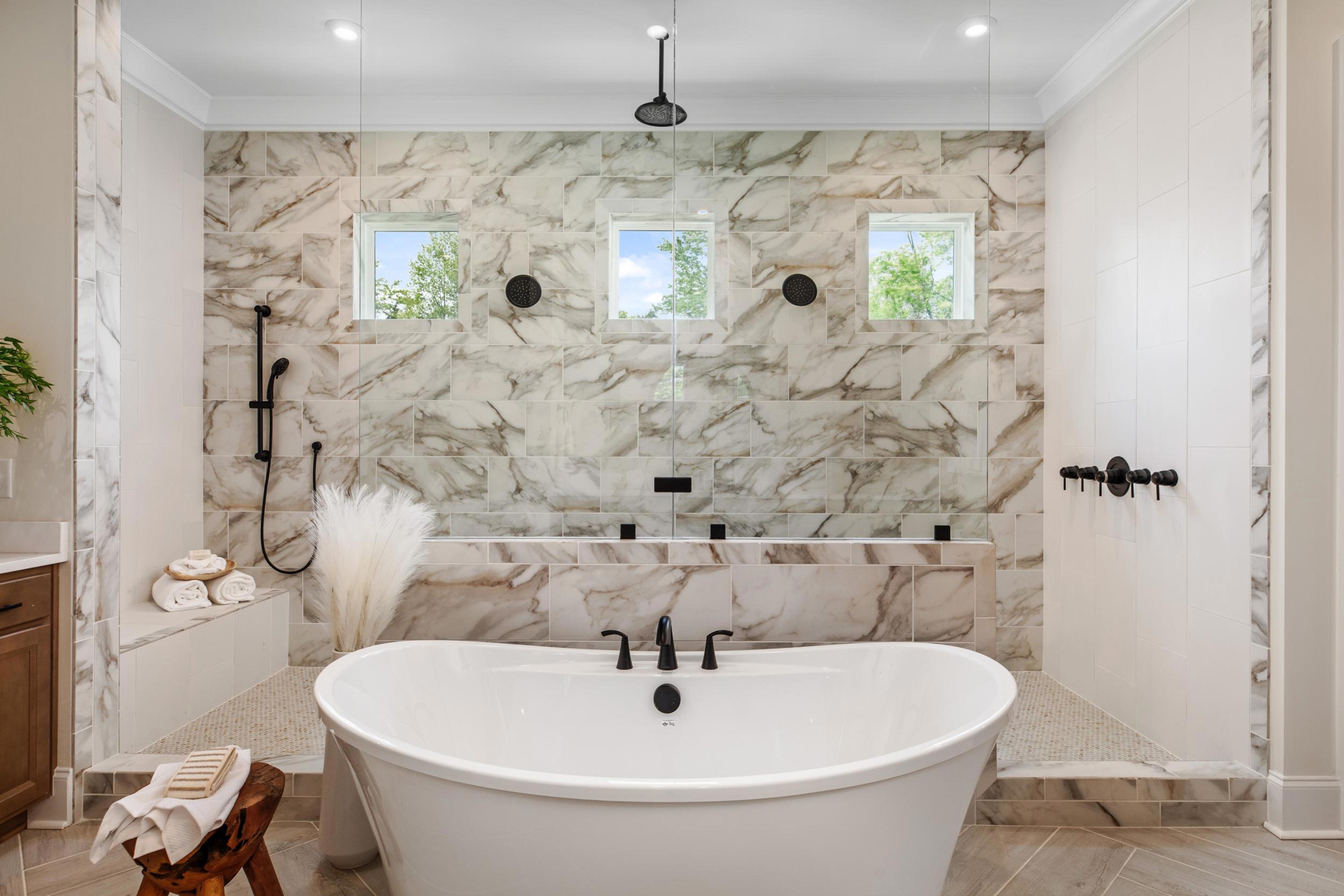
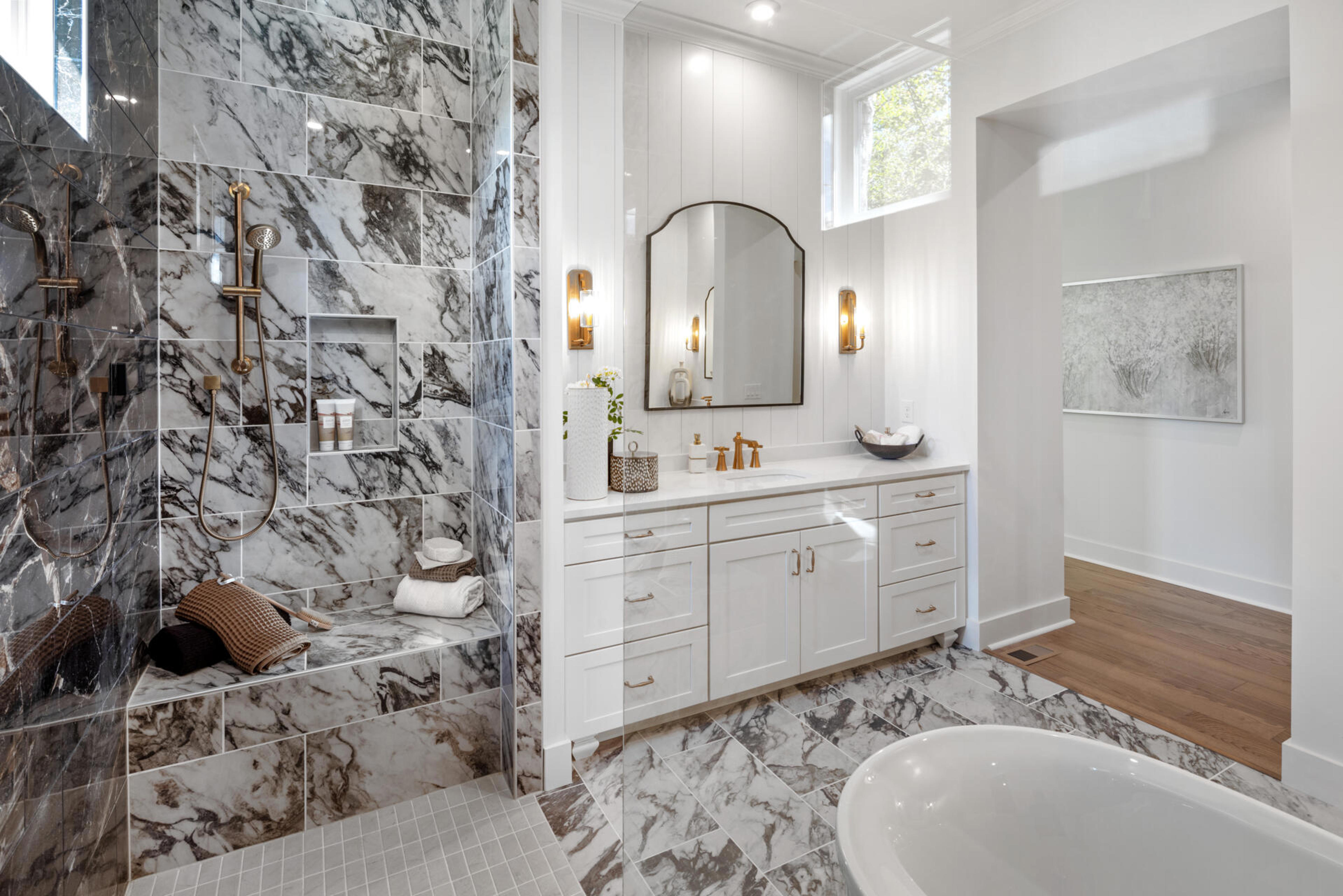
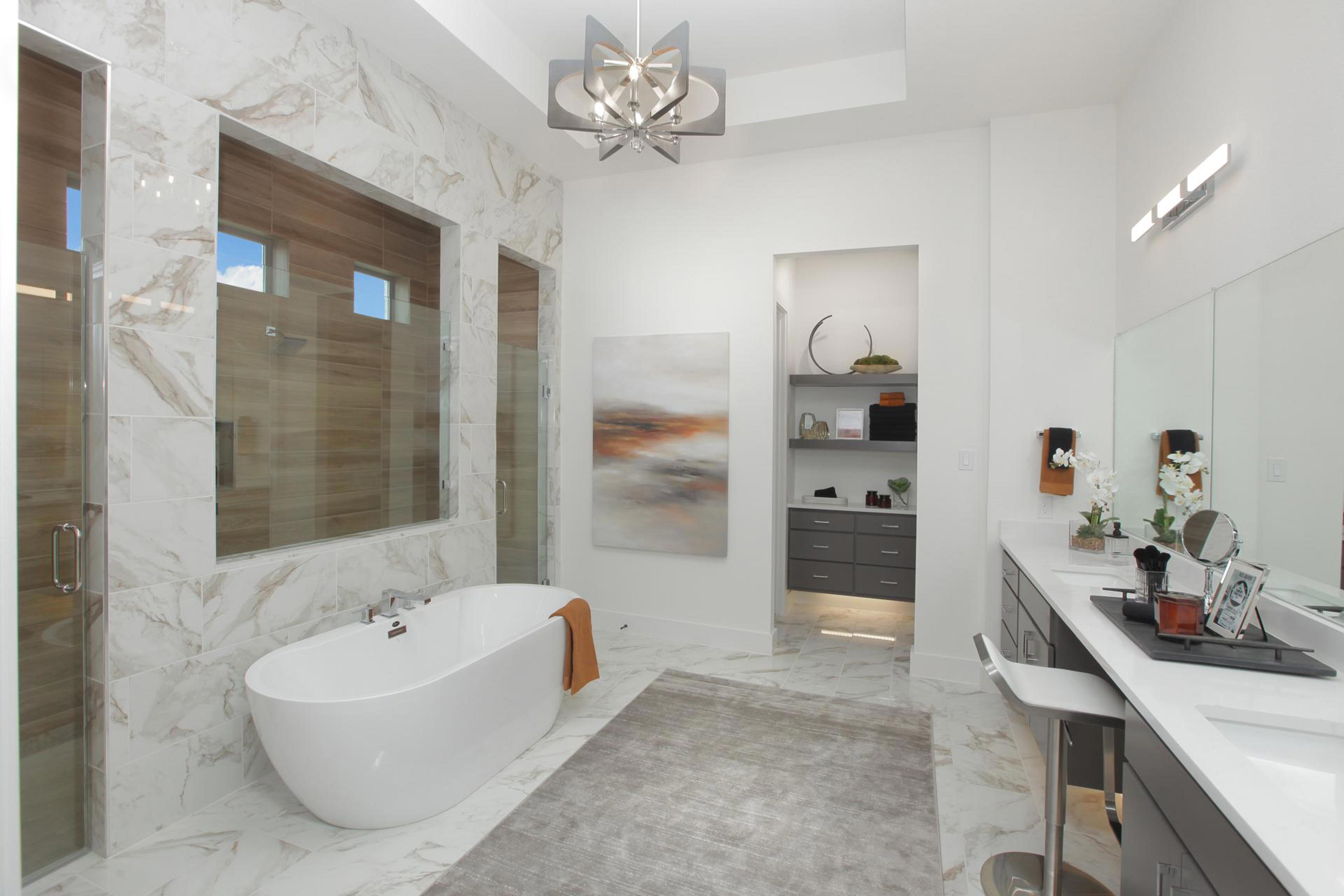
Next to kitchens, bathrooms involve the most planning and cost – and you probably have more than one. For each bathroom, design for the intended users — especially when it comes to the primary bath.
Bathroom floors: Depending on the value of the home, the go-to choice might be vinyl or ceramic tile. If you want a wood-inspired look, consider luxury vinyl tile or laminate. Both solid hardwood flooring and engineered flooring are at risk of water damage in a bathroom.
Bathtubs, showers and hot tubs: Many homeowners are foregoing the bathtub altogether, which saves space and improves safety. Others are separating the shower and tub in primary bedrooms — or replacing the standard tub with a hot tub. In the shower, a detachable shower head makes cleaning the stall easier.
Bathroom walls: These walls will get wet from splashing and condensation, so at minimum use a semi-gloss paint. Ceramic tile is ideal, but there are also less expensive sheet vinyl options. On the higher end of bathroom design, marble adds an elegant finishing touch.
Bathroom vanities and countertops: These choices are similar to what you find in the kitchen. Think about how much storage you need, including both cabinets and drawer space. Countertop material should be easy to clean and not porous.
Toilets, bidets & urinals: Depending on how much space you have to work with, you may want to enclose the toilet in a separate space for privacy and to make the rest of the bathroom more available. Toilets themselves have become high-tech, with some designed to conserve water and others to increase comfort. Freestanding bidets are not common in American bathrooms, but some toilets now come with bidet-like features. Although urinals were once found only in public restrooms, they can also be installed in homes.
Bathroom design resources:
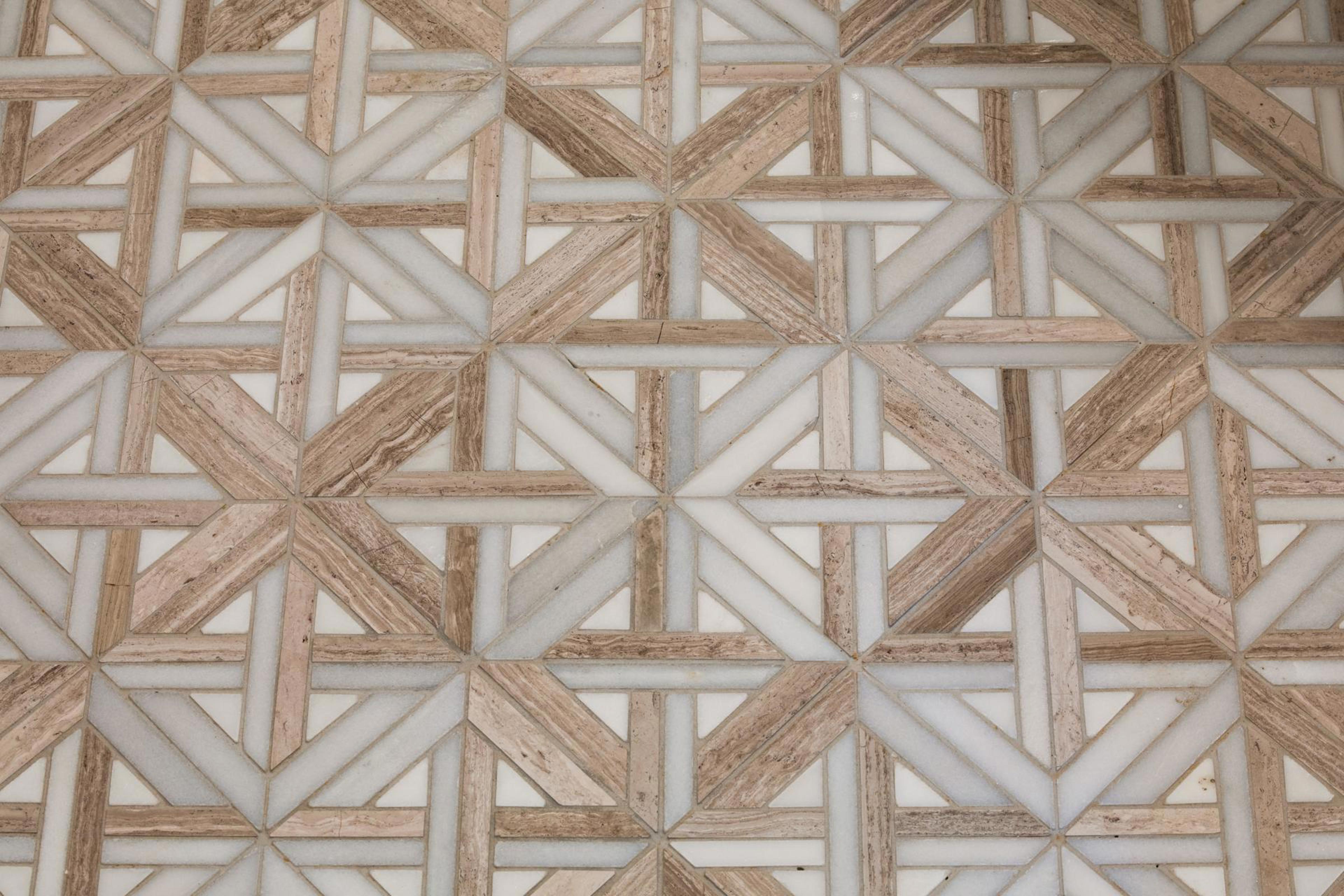
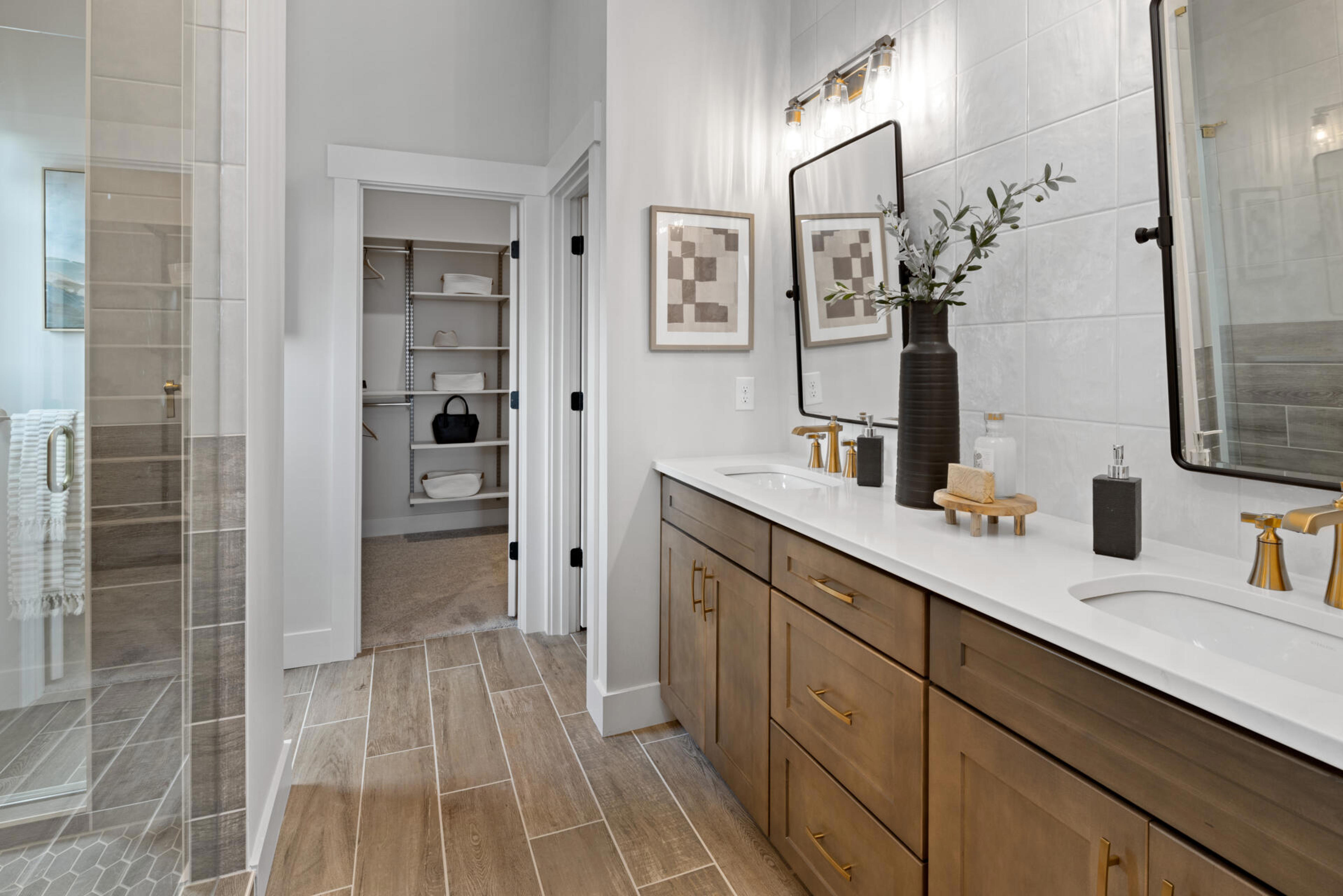
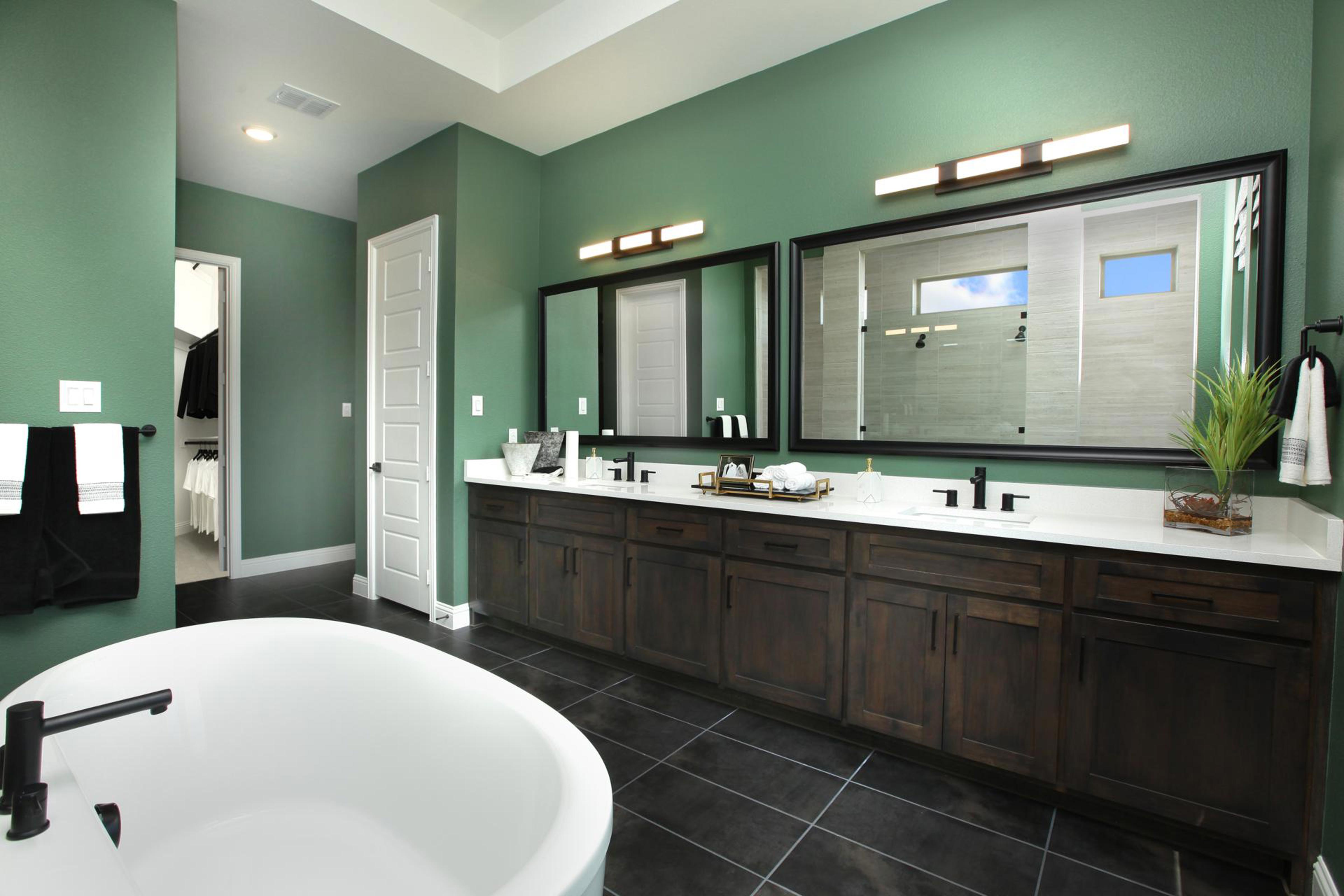
These choices tend to be influenced by the room type and the overall home value, but with modern materials, you can break from tradition. See our Guide to Flooring or skim the topics below and follow the links.
Wood and wood-like plank flooring: Solid hardwood flooring is the most desirable among home buyers, particularly for higher-end homes. If you are building a custom home and anticipate selling in a few years, investing in hardwood floors may help you at resale time. However, the quality of other types of wood-inspired plank flooring has continued to improve, and some of these may have advantages in certain situations. Learn More
Stone and ceramic tile: Stone tiles are carved from the ground while ceramics are fired clay and usually glazed. Porcelain is a form of ceramic, and quarry tile is similar to ceramic tile, but fired at a higher temperature with resulting tiles that are more brick-like. Learn More
Vinyl and linoleum: These are the most economical flooring materials for kitchens, bathrooms, basements and anywhere that might be exposed to moisture. Depending on home value, these could be a negative at resale. Learn More
Carpeting: The first decision is which rooms should be carpeted. Some families opt for no wall-to-wall carpeting at all, relying on the occasional area rug when a bit of soft flooring is desired. Carpeting is most likely to be used in bedrooms, especially in children’s rooms where quality floor time is more of a priority. Learn More
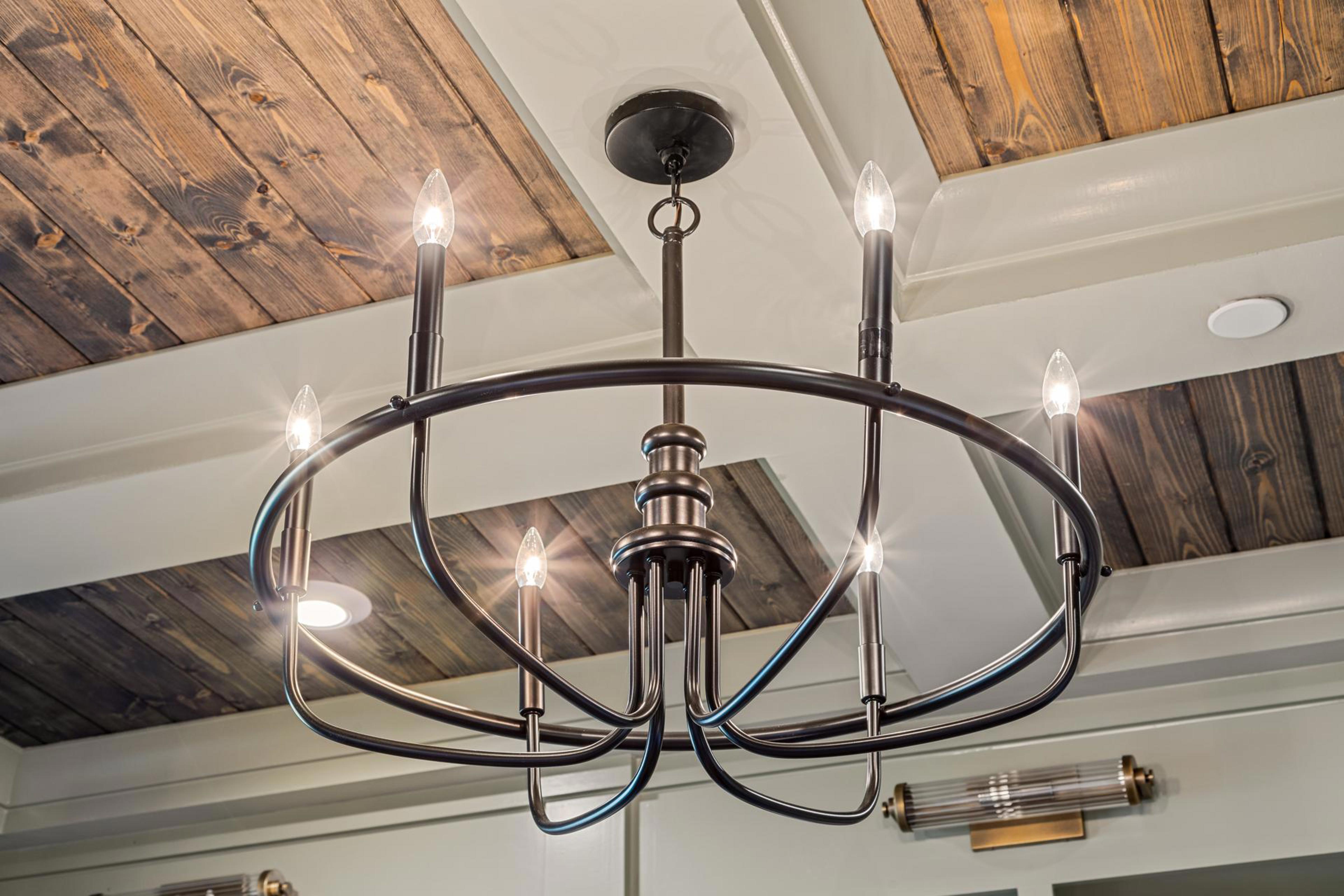
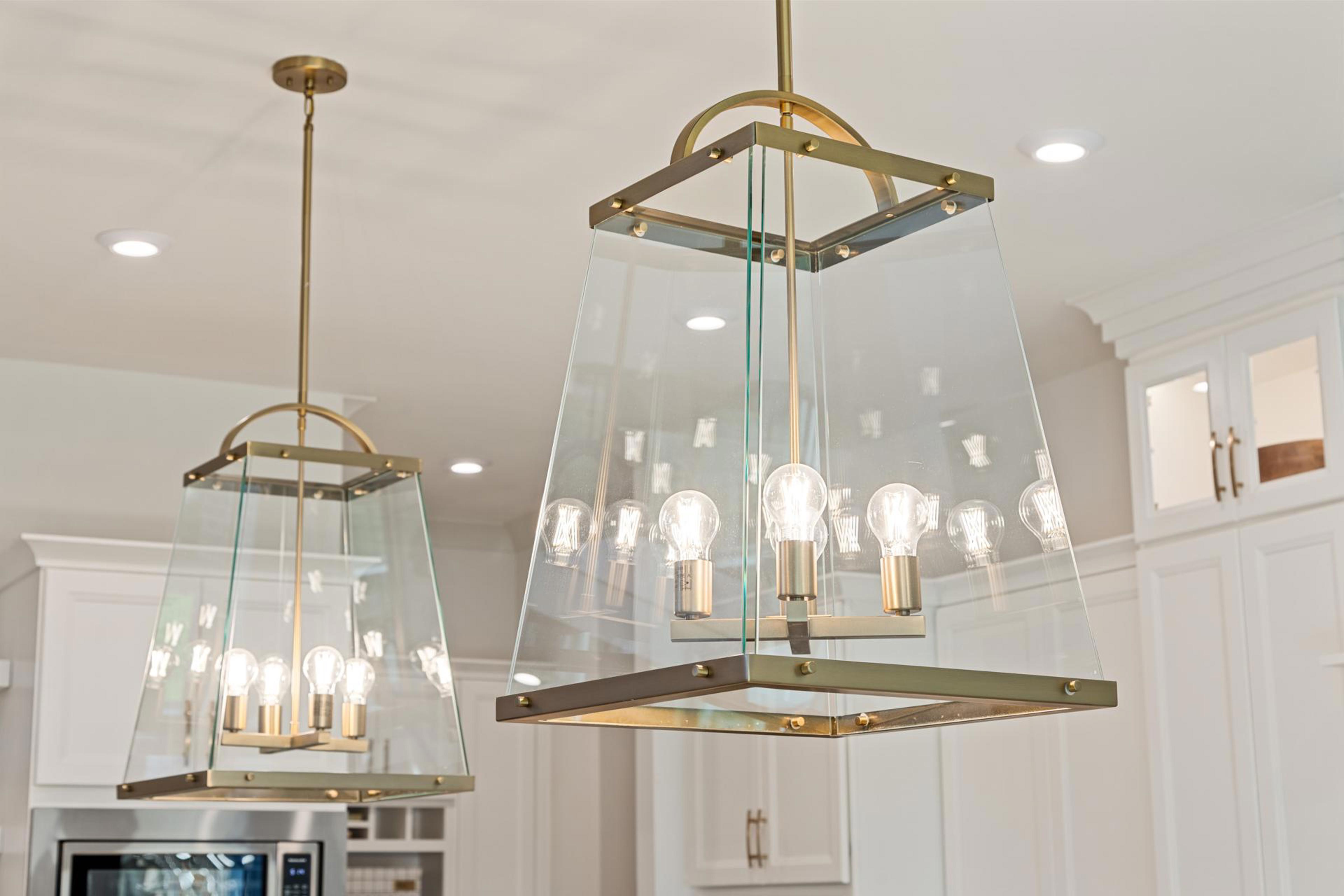
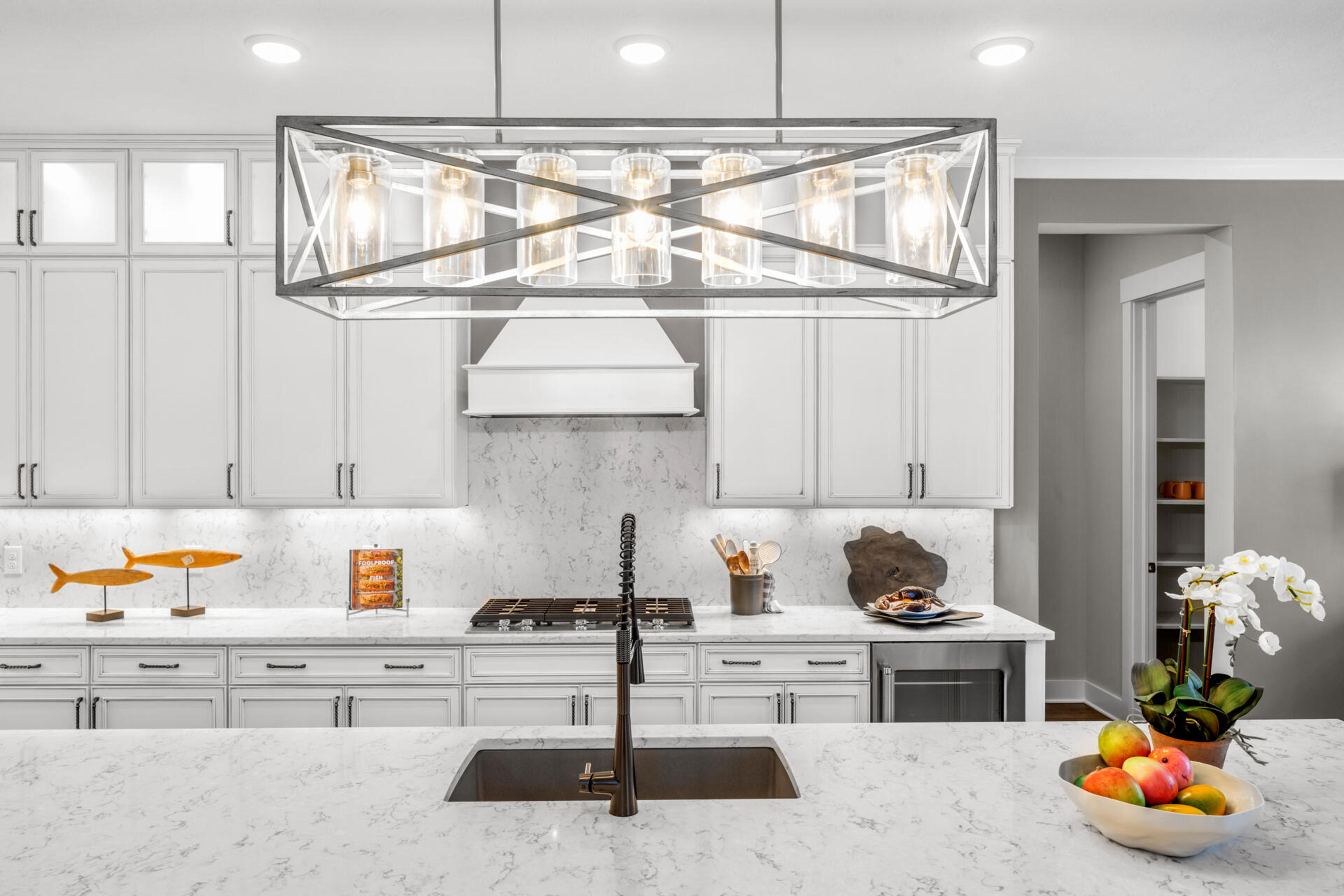
The selection of light fixtures for any room can be thought of as a combination of these factors:
Chandeliers and pendant lighting: Both are light fixtures that hang from the ceiling. A chandelier is larger and often ornate — meant to be noticed — and may hang above a dining table or in an entryway. They are at their dramatic best when ceiling height is 10 feet or more. Pendants are mini-chandeliers that are usually grouped in twos or threes, often hanging above a kitchen island.
Recessed lighting: Because they are built into the ceiling, recessed light fixtures are not themselves on display. Their job can be to provide ambient, task or architectural lighting. In new home construction, recessed lights have largely supplanted track lights, which are mounted on the surface of the ceiling.
Undercabinet lighting: Most commonly found in the kitchen, these can be in any room with built-in cabinets or shelving. They can provide task lighting and to illuminate art or other objects you wish to display. If left on at night, they can provide a soft night light for your somnambulant wanderings.
Sconces and wall-mounted lights: The term “sconce” goes back to the days when flaming torches were attached to the interior walls of castles. Often, sconce lights are used for architectural lighting in an arrangement that enhances the look of a room while providing ambient light. Wall-mounted lights can also be used for task purposes, and these fixtures often have movable arms to allow the user to direct the light in the optimal location needed at the moment.
Floor and table lamps: Try as you might, you may not predict every portion of every room that needs to be lit, so these portable lights can be placed anywhere you need them. Most are for task purposes, but a floor-standing torchiere reflects its light off the ceiling to provide ambient light.
Resources on lighting:

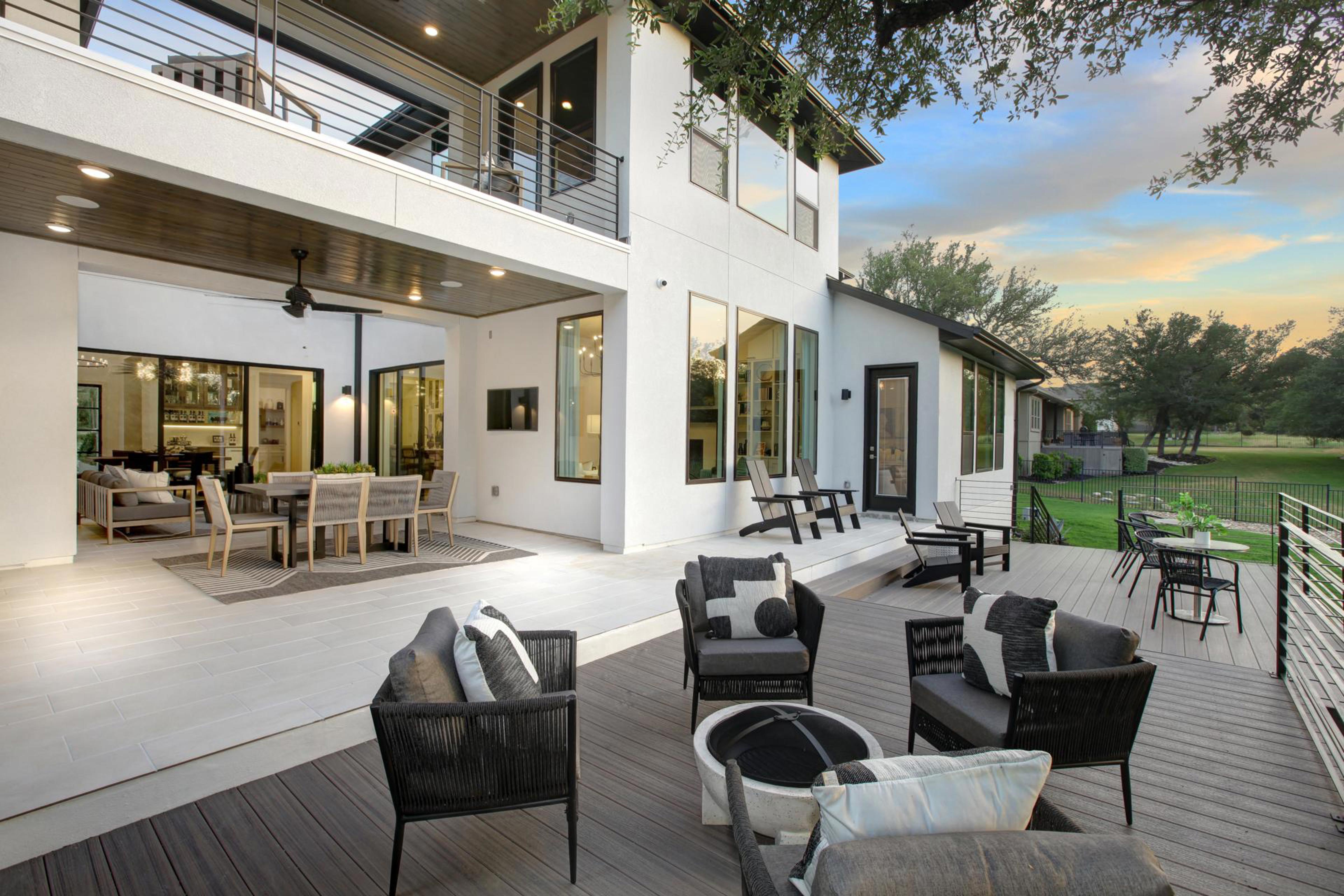
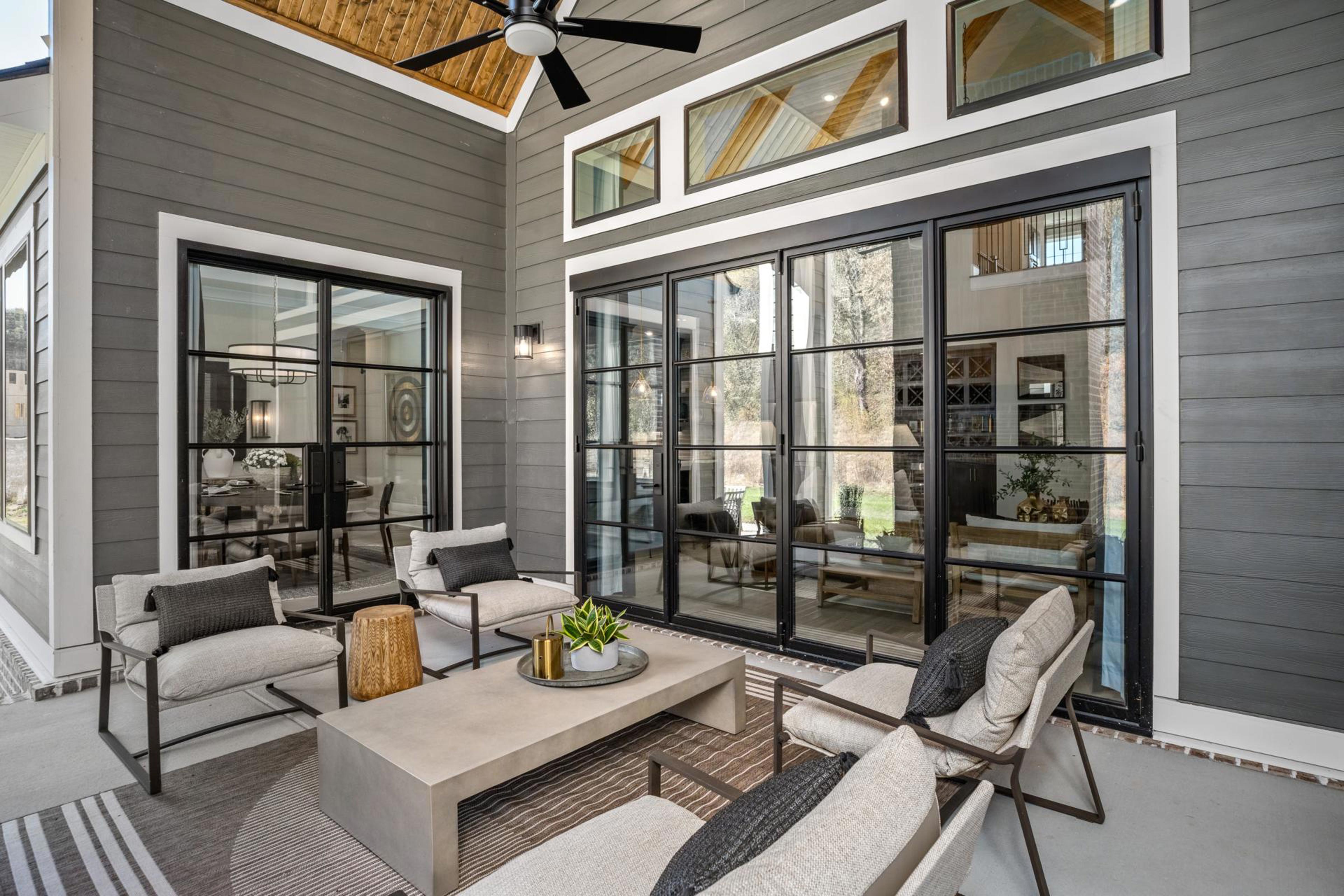
This isn’t your father’s backyard deck. Whether you want to plan a patio or a full outdoor kitchen and bar, the only limit (well, besides your budget) is deciding what outdoor living space suits your lifestyle. Options include:
Decks & Patios: The most basic of outdoor living spaces is the deck or patio. Both serve a similar function of providing floor-like space outdoors. Patios are made of concrete or masonry pavers, and are at ground level so you step down from the house. Decks are typically at the same level as the first floor of the house, and because they are made of wood or a wood substitute the transition from indoors to outdoors is more seamless.
From the basic deck or patio, one can add complexity such as a cooking area, railings or an awning or other shelter. Decks can be at any height, so you might have a second story deck providing a roof for the first-floor deck or patio.
Pergolas & Gazebos: A pergola can provide shade, especially if you grow some wisteria or clematis over it, but it won’t keep you dry in the rain. Gazebos have small roofs, but because they are not attached to the house as a porch they don’t offer a great deal of protection, either.
Porches & Sunrooms: A covered porch is even more seamlessly connected to the indoor living space and porch furniture is less exposed to the weather. Screening in the porch will keep out most flying bugs, and enclosing the porch with glass turns it into a sunroom or three-season room, but takes away some of the original outdoor experience.
The concepts of the roofed porch and the sprawling deck have blended to spawn elaborate outdoor living rooms with sturdy roofs but no walls. These spaces are sheltered enough for big screen TVs and furniture that would normally be indoors. Simple outdoor fire pits have morphed into fireplaces with masonry surrounds.
Outdoor kitchens: Even a modest home can be equipped with an outdoor grill for cooking up hamburgers and hot dogs. In higher-end homes, the humble grill has grown into an outdoor kitchen that can be equipped with a sink, cabinetry and countertops.
Resources on outdoor living:
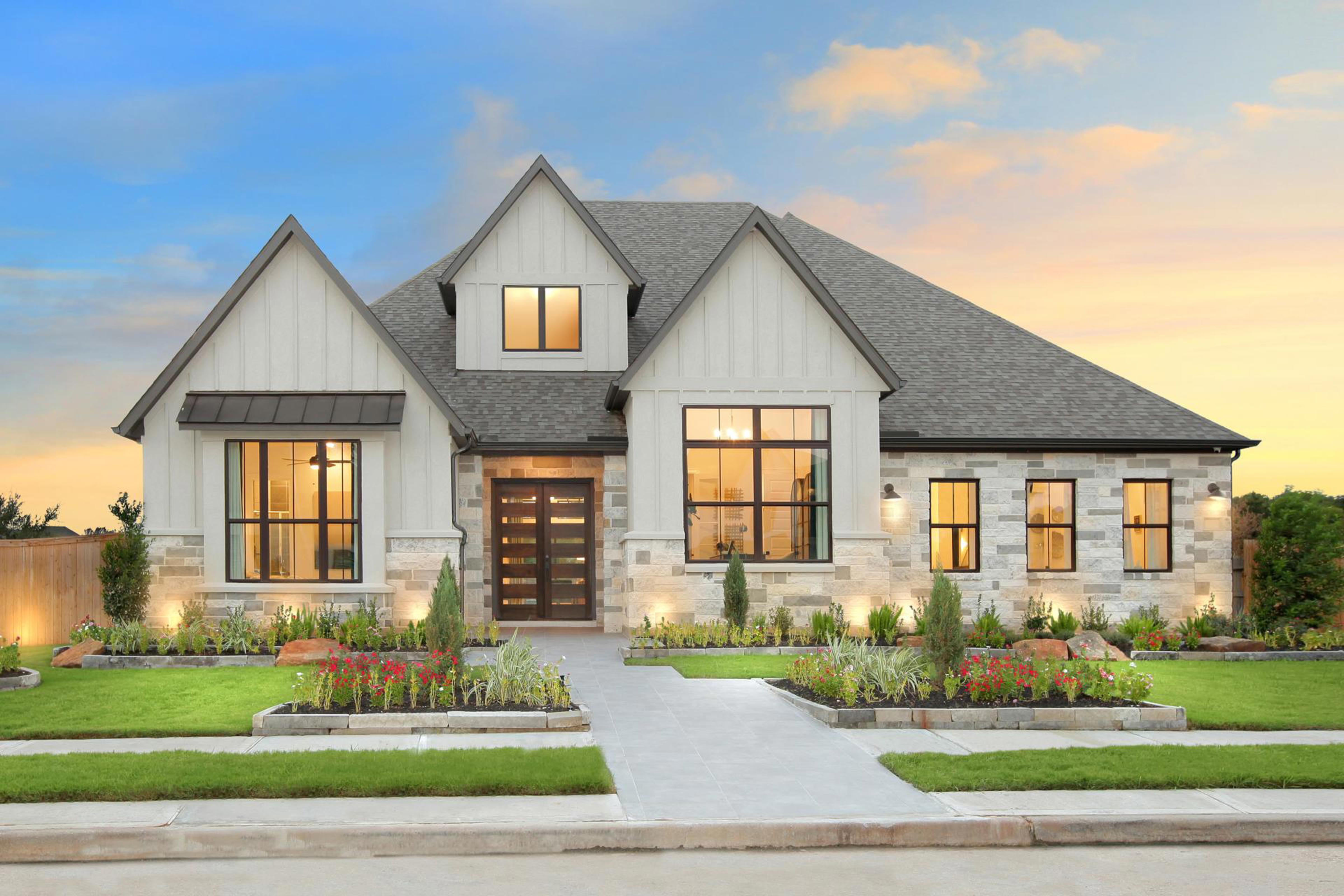
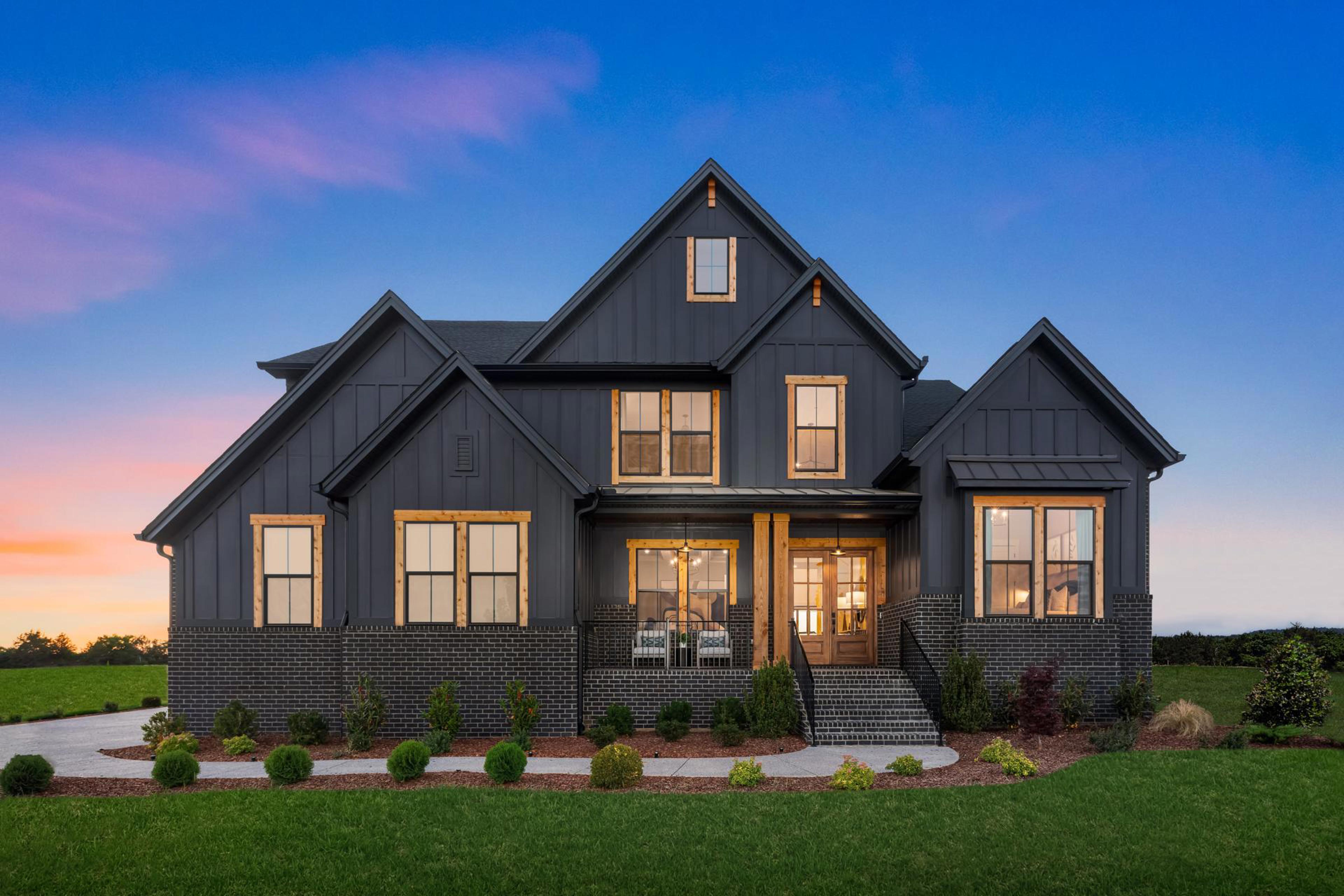
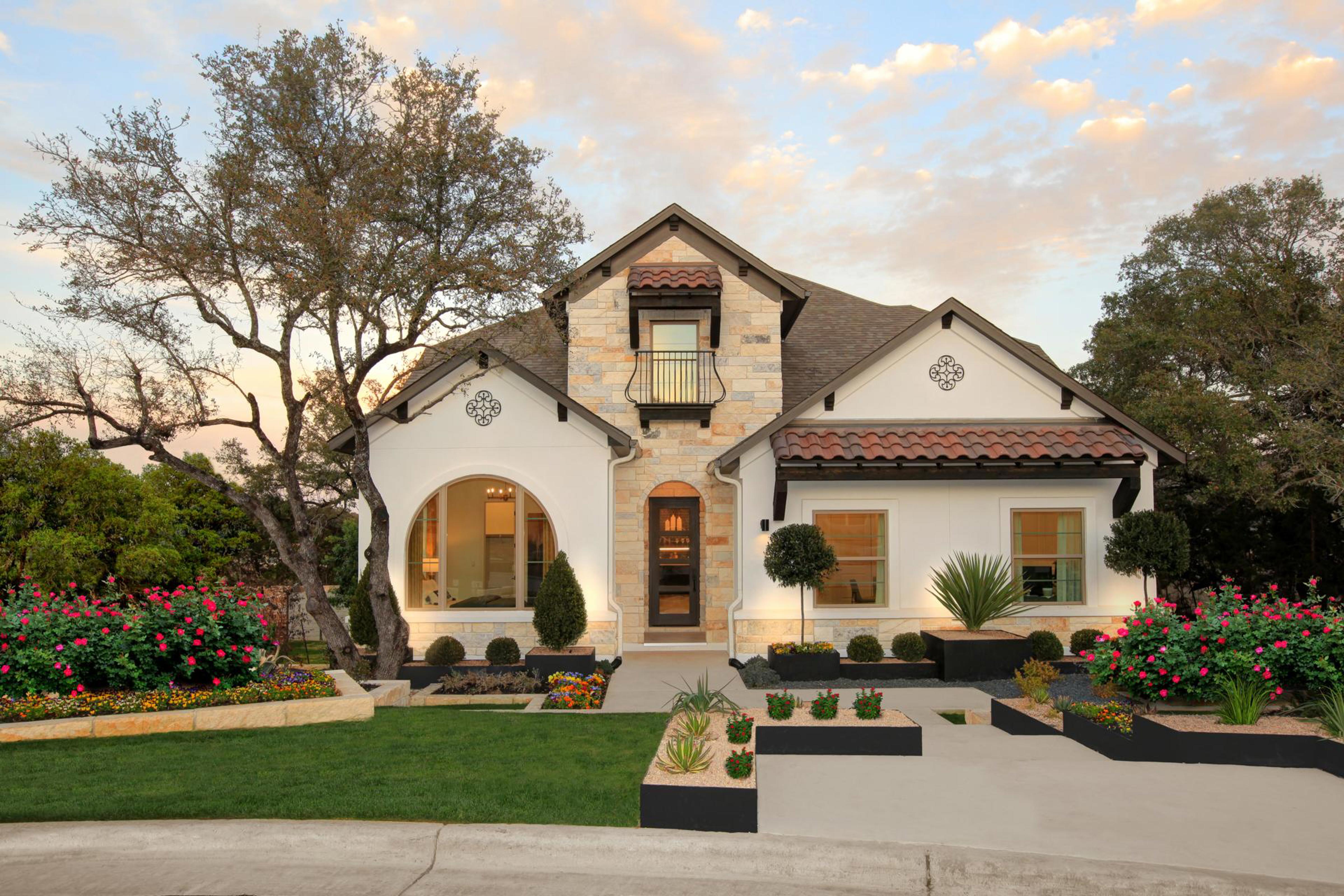
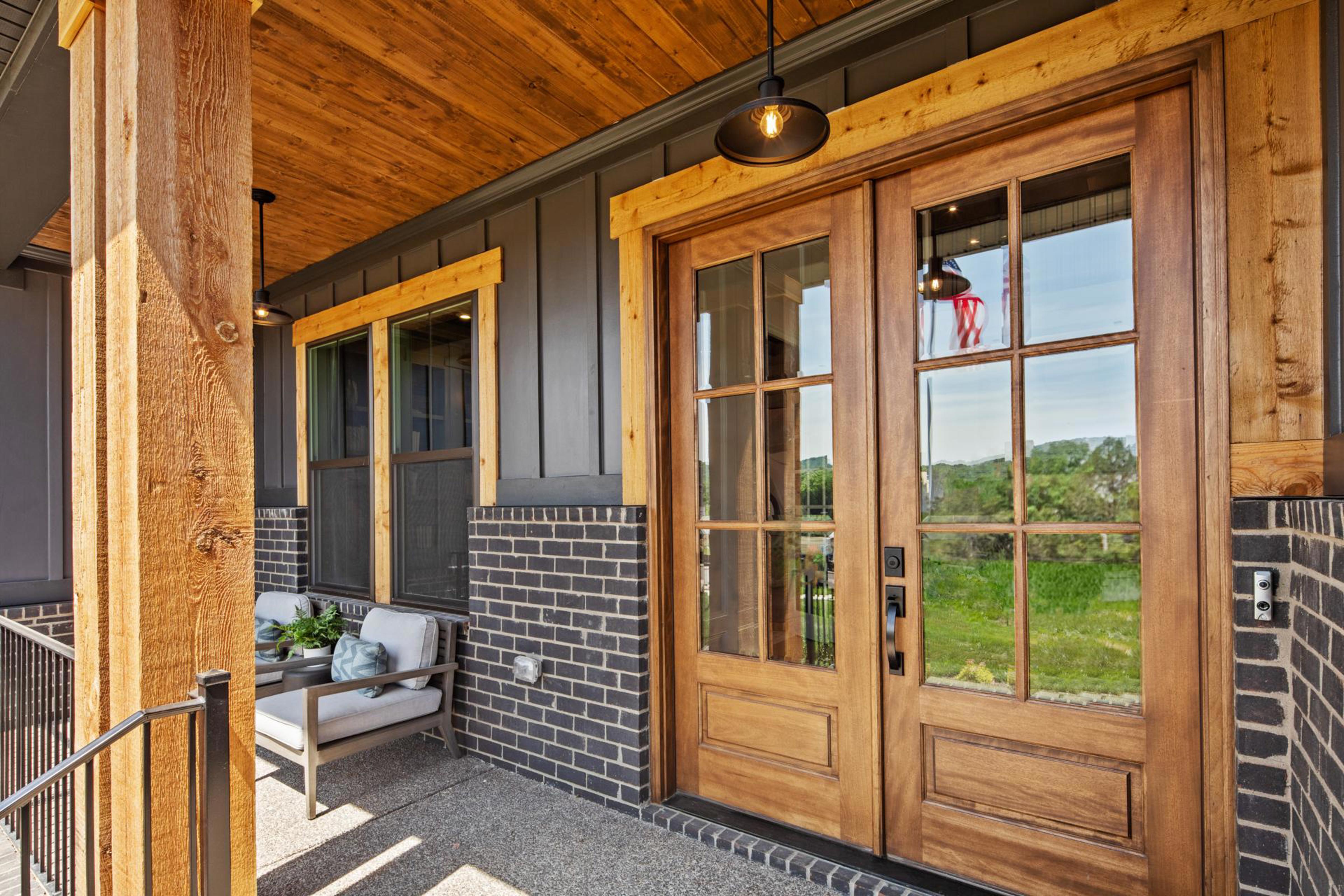
Front entry doors: It’s not just a front door anymore, but an entrance — the heart of your home’s curb appeal. Entryway doors typically come in three sections — the main door and side panels. Alternatively, the entry may be a pair of double doors.
The door itself may be made of wood, fiberglass, metal — or sometimes a mixture.
A “steel” door, for example, is typically made with sheet metal covering a wood-framed door filled with foam. The combined materials make for a strong door with good insulation value. Wood exterior doors are generally solid wood, which is attractive and holds up well over time. A solid wood door is not, however, the best insulator and will need periodic maintenance. Fiberglass doors have a wood look, but will stand up better to weather.
All exterior doors need to be sturdy and secure against weather and burglary threats. Decorative screen doors can enhance security without looking like security doors.
Interior doors: Lighter-weight than their exterior counterparts, interior doors still need sufficient density to muffle sound. Interior doors may be made of solid wood panels, but more commonly are either a wood veneer over a cardboard core, or molded fiberglass made to look like a paneled door.
Sliding barn doors have become a versatile option for interiors. Although associated with the rustic look, sliding barn doors can fit in with many room designs. They are particularly useful in situations where the doorway opening is wider than a standard door.
Louvered or plantation-style doors are common for laundry areas, closets and pantries. These are often built in a bifold or accordion structure to minimize the amount of space needed for them to open.
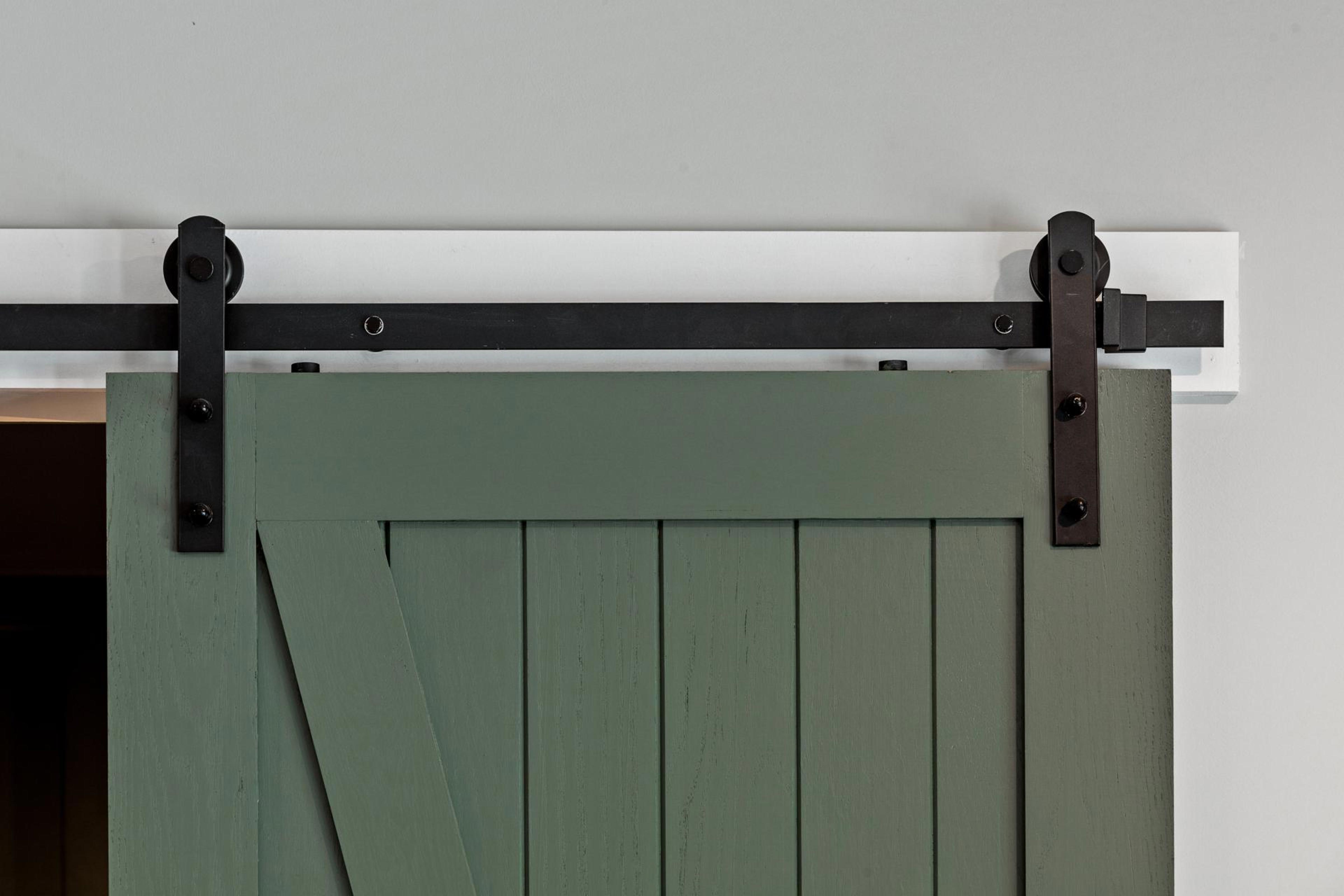
Resources on door designs:
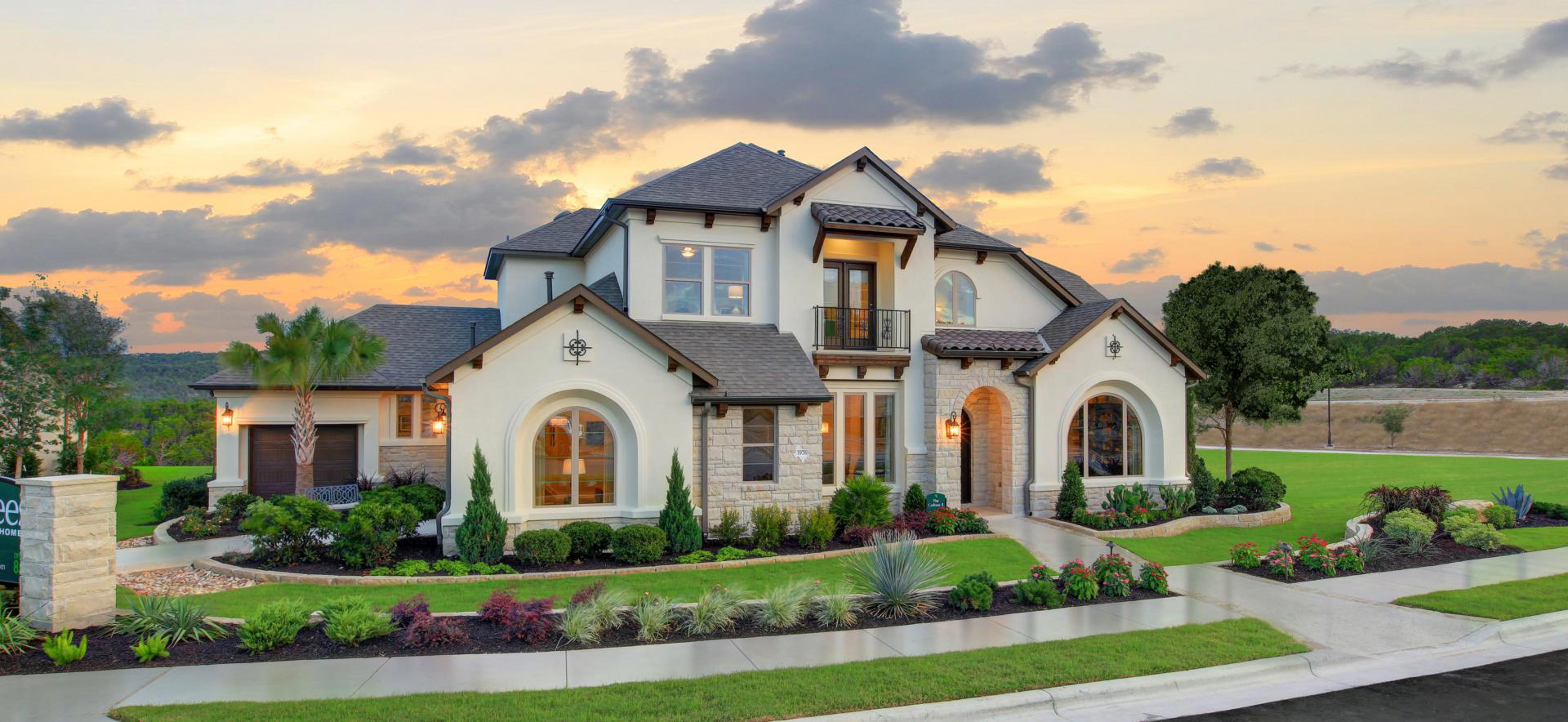
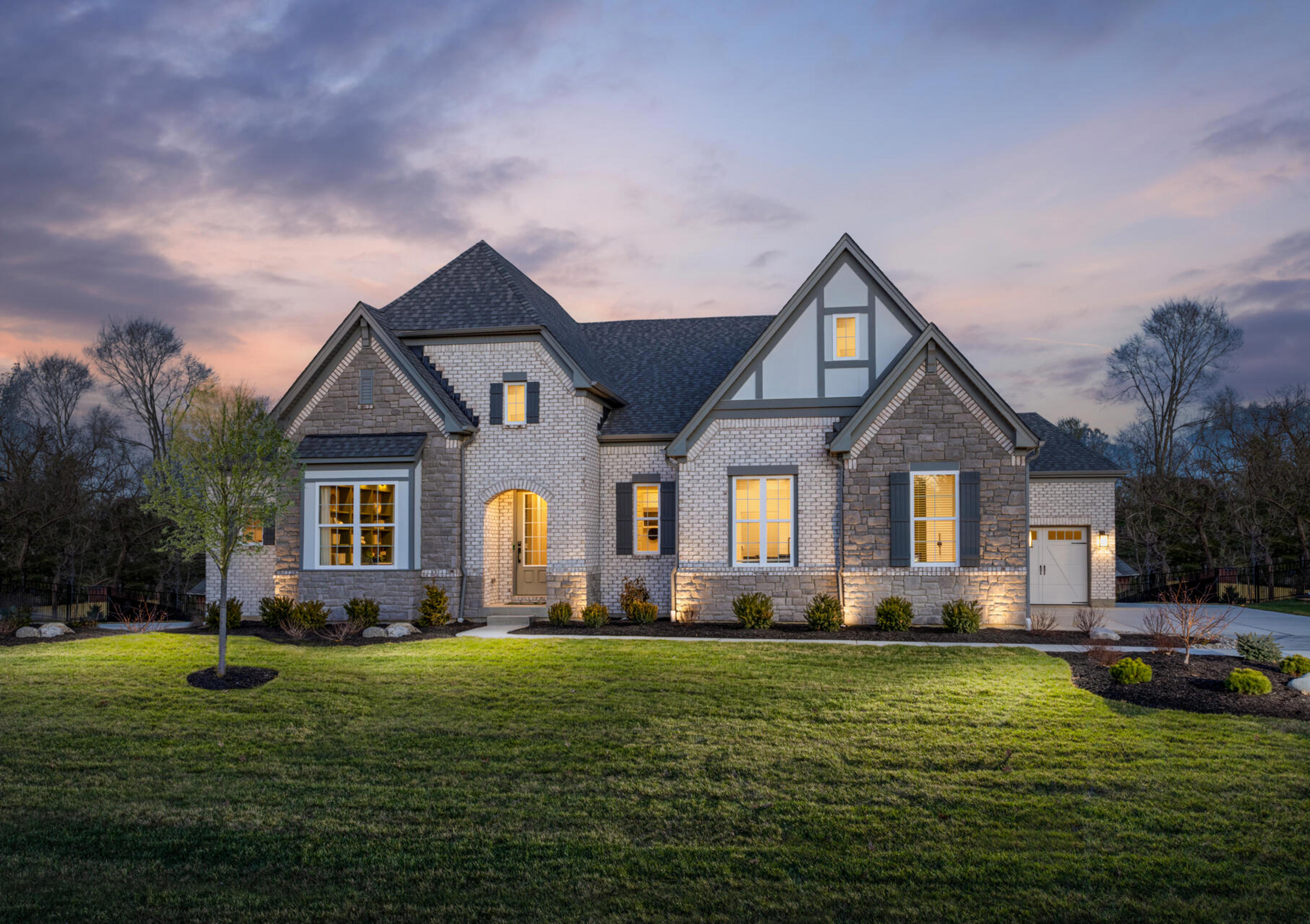
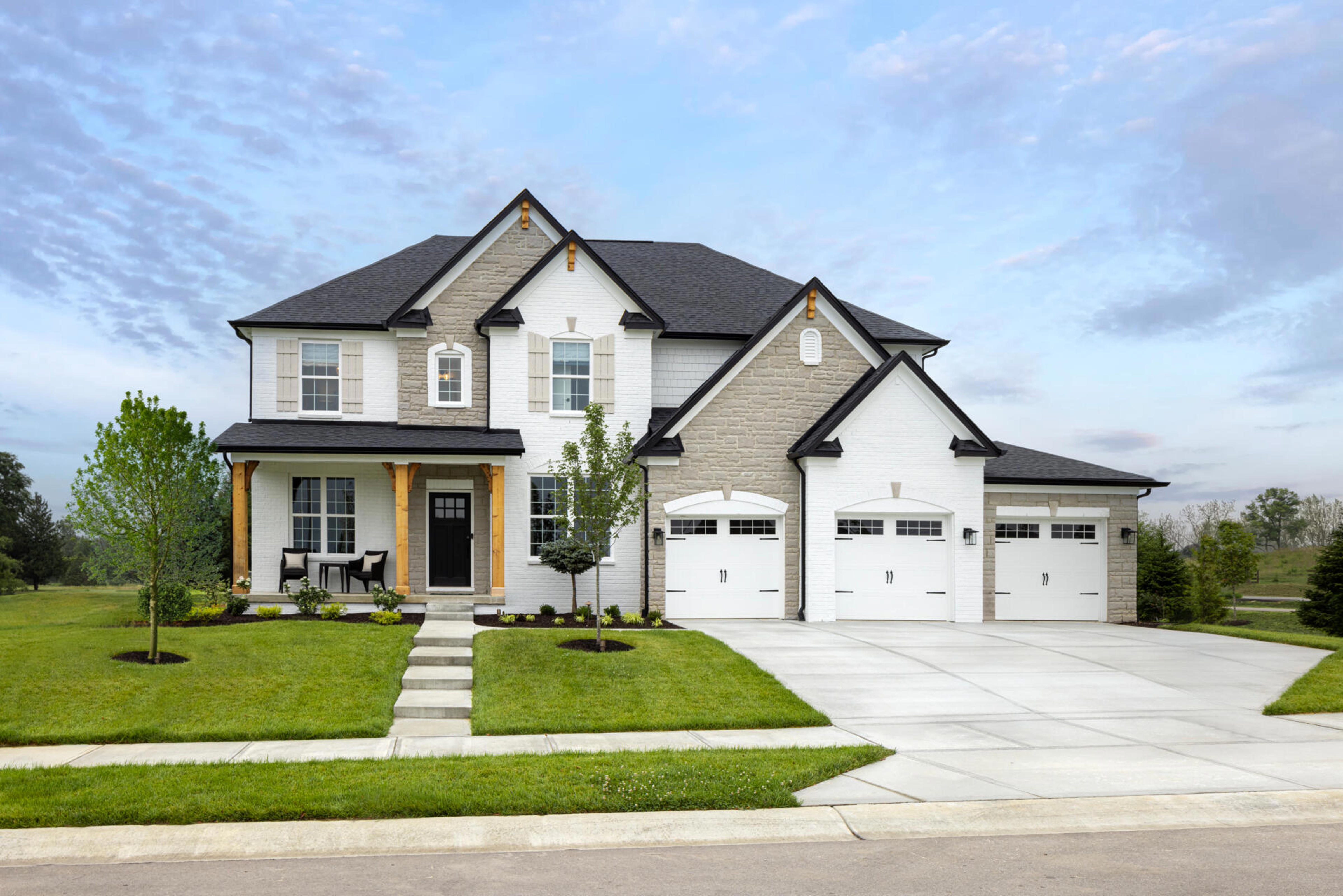
Choice of roofing material is influenced by the style of the home and geography.
Asphalt shingles: For most parts of the U.S., asphalt shingle roofing is the most practical choice. It comes in a variety of colors and will last 20 years or more.
Metal roofs: More expensive than asphalt, but will last twice as long, metal roofing is available in many forms — including shingles that look like clay tile. Metals used in roofing include steel, zinc, aluminum and copper.
Tile: More common in California and the Southwest than in Northern states, roofing tile is most typically made from high-fired terracotta clay (similar to bricks and some quarry tile). Concrete tiles are also available, but by their nature aren’t as durable as fired clay tiles. Tile roofs can last indefinitely, with occasional replacement of individual tiles. However, these roofs are extremely heavy and the home’s frame needs to be designed to carry that weight.
Slate: The ultimate in both durability and natural beauty, a slate roof will last the lifetime of the house — though individual shingles may need to be replaced. As with ceramic tile installations, it’s wise to keep the leftover tiles for future use because getting the right match 20 years later may be problematic. Like tile, slate is very heavy and must be installed by an expert.
Cedar shake and other wood shingles: Though a beautifully rustic choice, wood has some practical disadvantages. It’s more expensive than asphalt shingle, yet doesn’t last much longer — especially in damper climates — and they’re flammable.
Synthetic roof materials: As with metal, plastics can mimic many other roofing types at much less cost. They’re lightweight so not a problem for standard frame construction. However, these are relatively new products and the longevity is uncertain.
Resources on roofing:
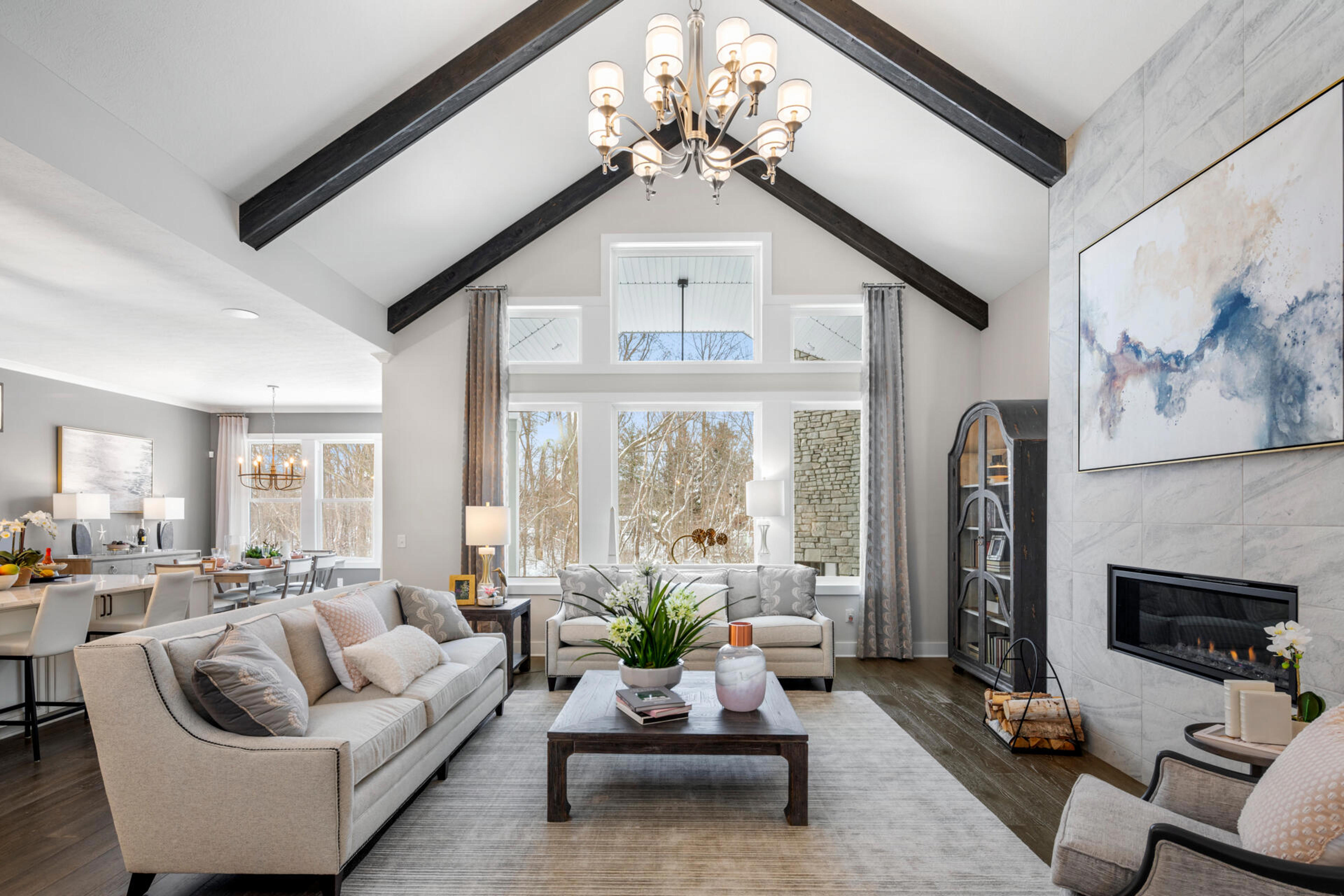
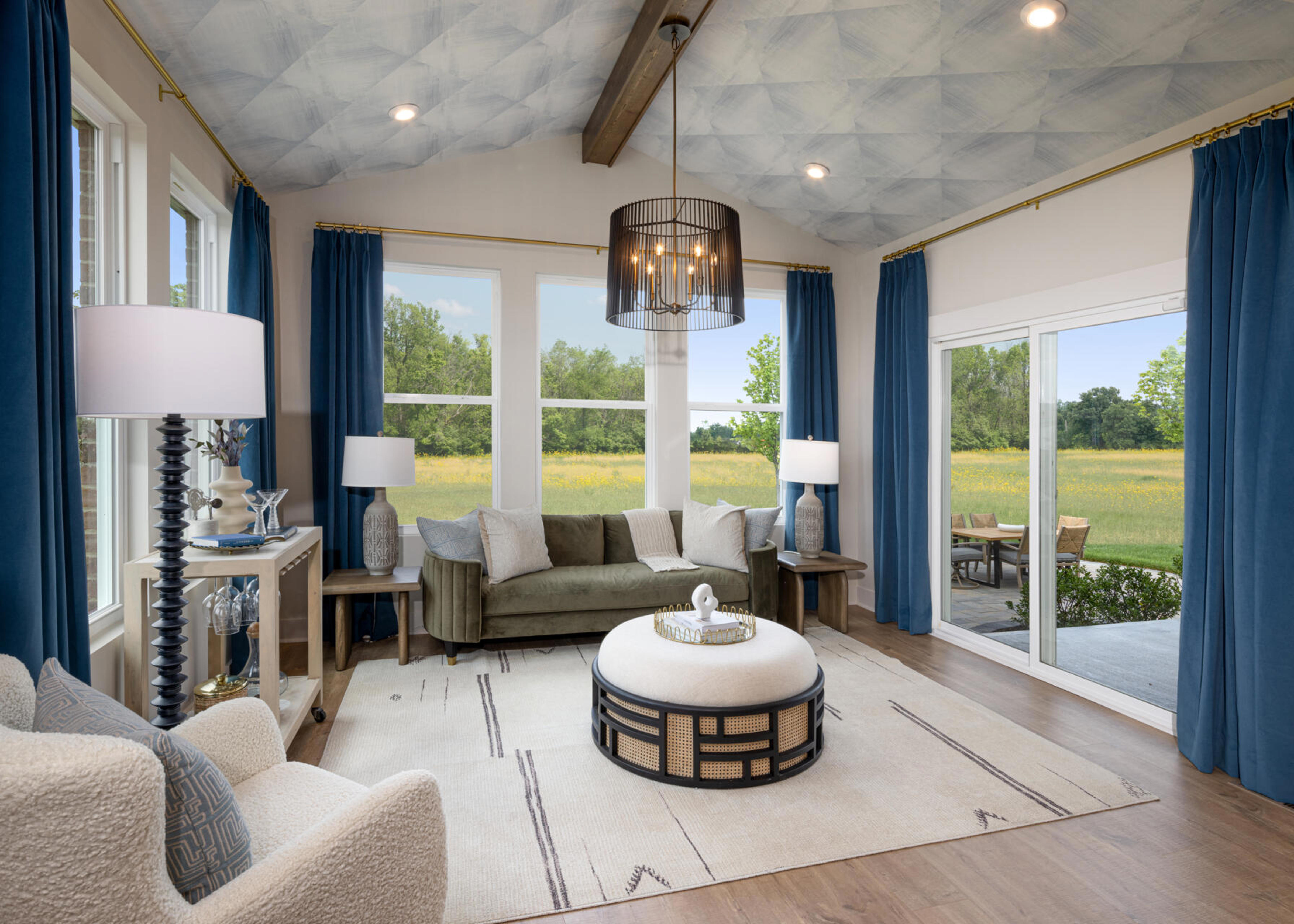
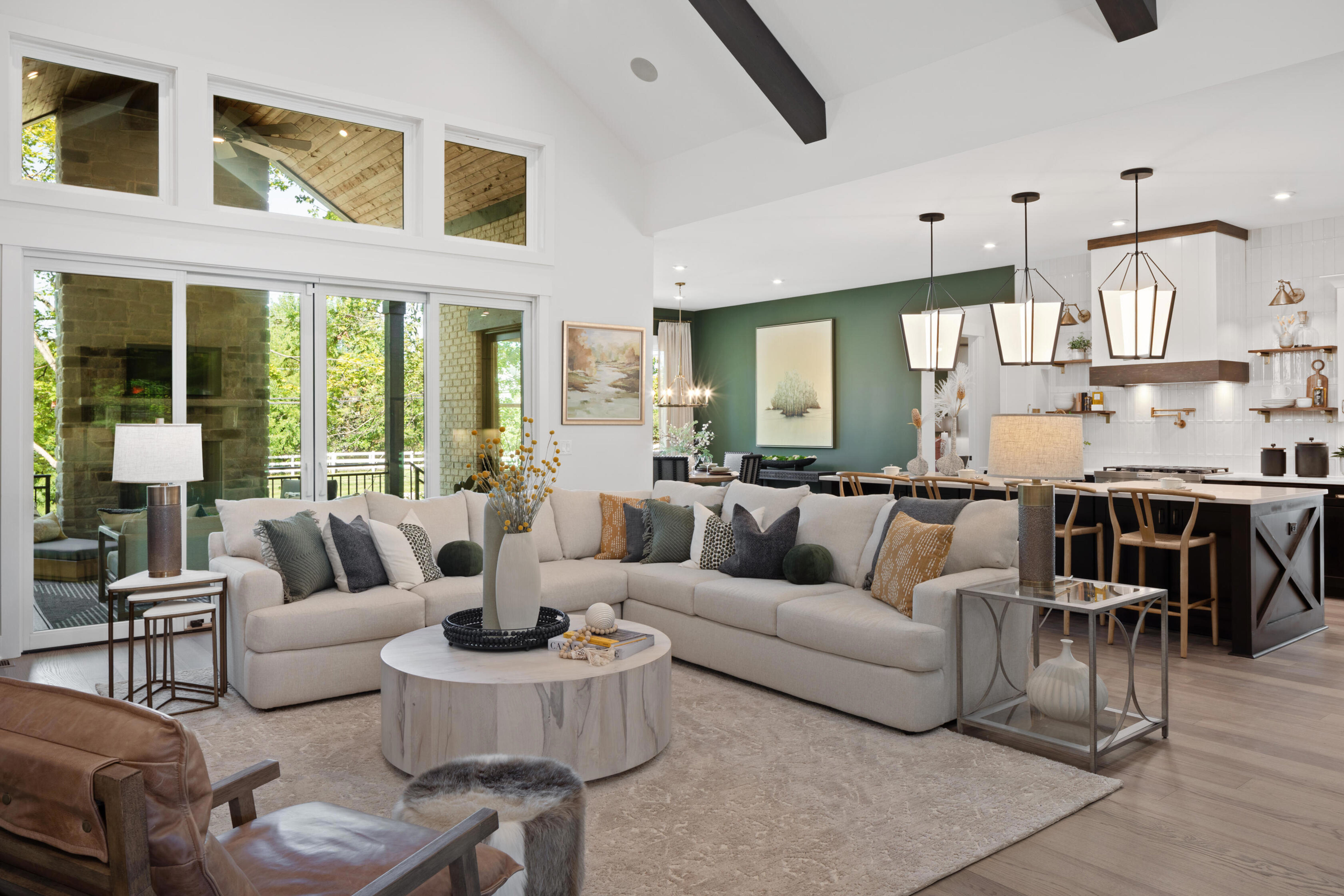
“Daylight” your home interior with a combination of these window types:
Double-hung windows: The mainstay of residential windows, these now come in many sizes and materials besides wood. “Double-hung” means the bottom pane slides up and the top pane slides down, so they are great for capturing a summer breeze — especially when windows on the opposite side of the house are also open. Earlier generations of this window style were difficult to clean, but newer models tilt in for cleaning.
Bay windows: A cozy nook with a view can be formed by arranging three windows to jut out from the line of the exterior wall. Adding more than three panels makes the bay shape more rounded and this version is referred to as a bow window. The interior of the bay or bow can be occupied by a small table and chairs or by built-in bench seating.
Dormer windows: Attic space can be made more livable with the addition of dormers, which can also add a Cape Cod element to your exterior design.
Skylights: Properly placed, skylights can fill a room with ambient natural light and transform an otherwise plain sloped ceiling. Historically, skylights were prone to leaking and could overheat a room and/or fade carpeting when exposed to direct sunlight. Modern skylights perform much better on both counts. Some include louvers or screens that automatically close when the sunlight is intense, and can
vent heat to draw in cooler air from shaded windows elsewhere in the house.
Picture windows & window walls: These differ only in degree. Picture windows take up part of a wall while window walls fill the entire exterior wall. Picture windows do not open, but are often bookended with casement windows or topped with transom-style awning windows. Window walls might be entire expanses of glass or assembled by any number or size of pane — some of which might open.
Clerestory windows: A great way to add natural light while maintaining privacy, clerestory windows run along the ceiling, usually under a roof overhang.
Casement & awning windows: Similar in construction, casement windows crank open like a door while awning windows are hinged at the top to crank open horizontally.
Single-hung and slider windows: A single-hung window looks just like a double-hung window, but the top pane does not open. Slider windows are like double-hung windows turned on their sides. Slider windows can have larger panes, ultimately becoming sliding glass doors.
Resources on windows:
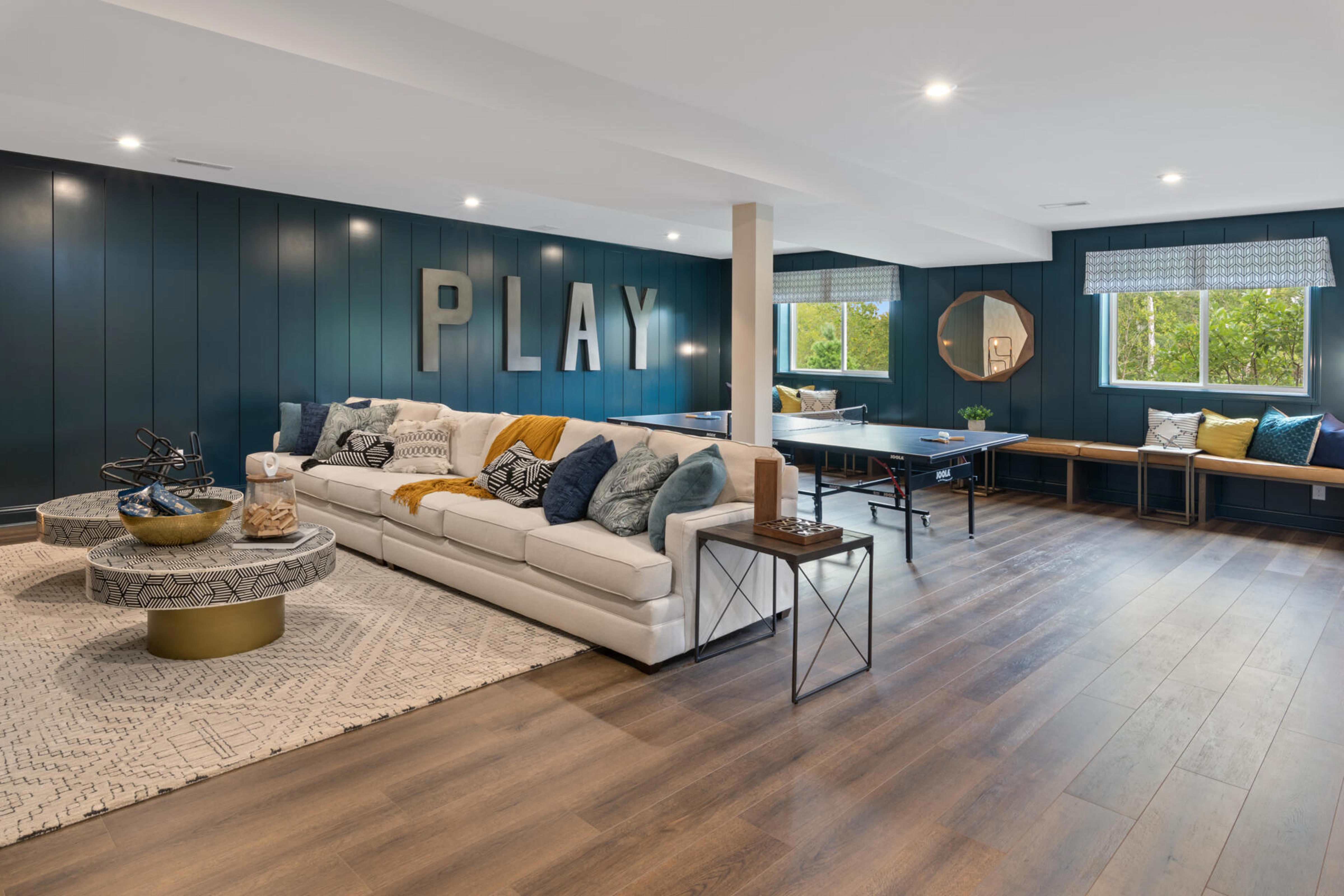
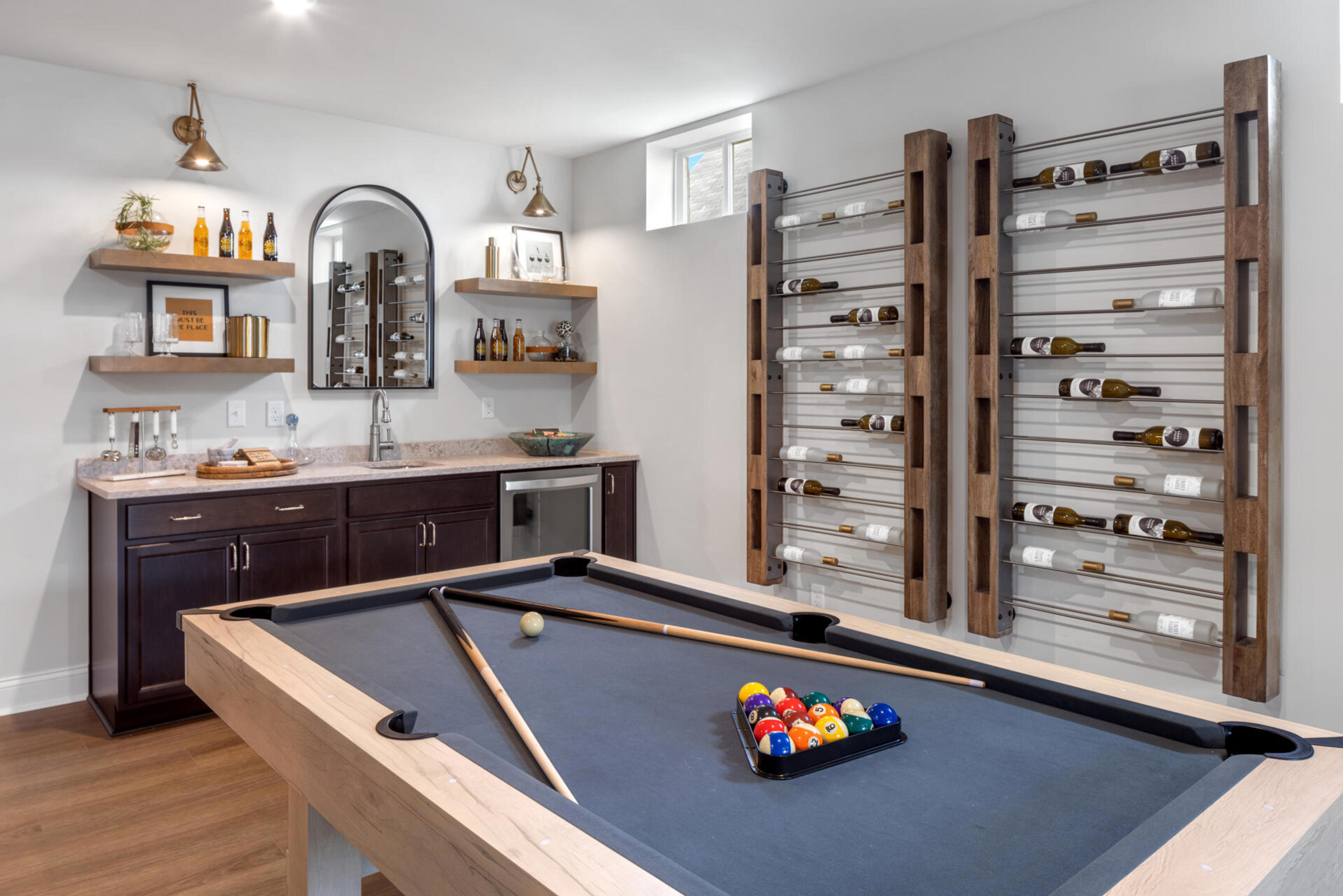
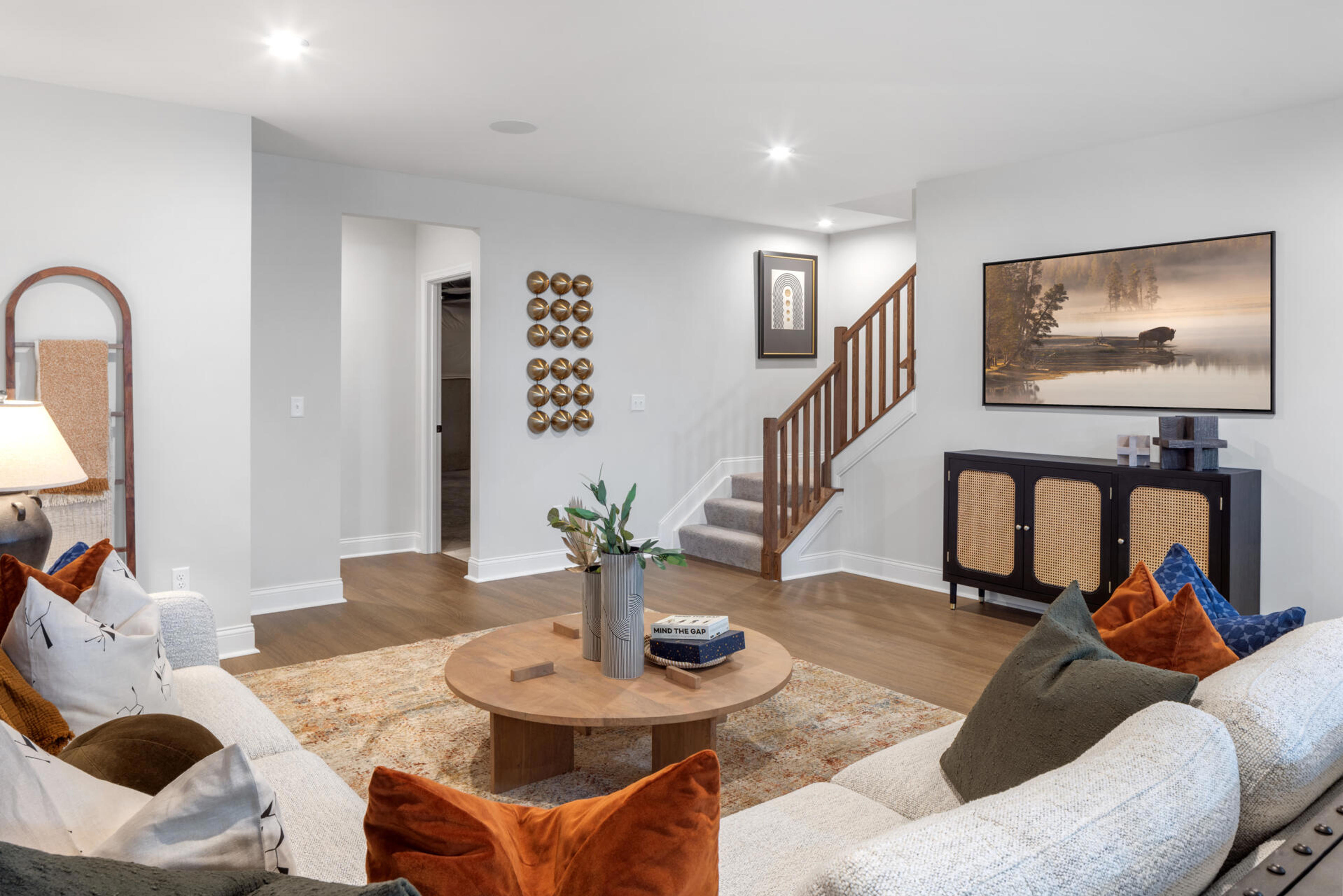
The first decision on basements is whether to have one at all. Homes can be built on concrete slabs or over crawl spaces. Due to soil and weather variables, basements have traditionally been common in the northern states and are rare in the south.
Unfinished basements: When left unfinished, a basement is where you would place the home’s mechanicals such as furnace, water heater and water softener. Unfinished basements are also handy for storage, laundry facilities and workshops. In tornado-prone areas, basements are considered essential safety features.
Finished basements: A finished basement provides more living space, usually for recreation purposes. When used for bedrooms, many states require basements to have egress windows in case of fire. If your lot is on an incline, a walkout basement is a nice option, creating a more livable space. Basements start with a concrete floor, which can be covered with carpeting, tile or other materials. Wood flooring is a risky choice for basements, but wood-look plank flooring such as laminate or luxury vinyl tile are good substitutions.
Resources on basement design:
Family-owned and operated for 95 years, Drees Homes has earned the title of “America’s Best Builder” (twice) from Builder Magazine, “National Builder of the Year” from Professional Builder Magazine, as well as the “National Housing Quality Award” from the National Association of Home Builders. This is known as the prestigious “Triple Crown” of national homebuilding awards. Headquartered in Ft. Mitchell, Kentucky, Drees operates in Cincinnati and Northern Kentucky, Cleveland, Indianapolis, Jacksonville, Nashville, Raleigh, Washington D.C., Austin, Houston and Dallas. The company operates as Drees Custom Homes in Texas. For more information, visit dreeshomes.com.